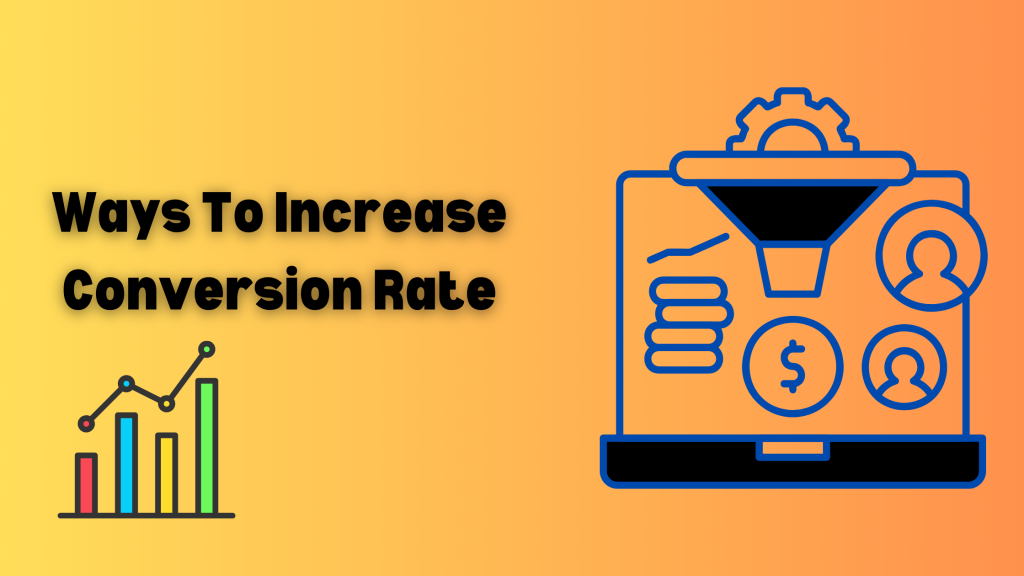
In this digital competitive world, many visitors exhibit analysis paralysis, that is too many options make them confused and hinder their decision-making. The average website conversion is 2.35 percent. That is for every 100 visitors you can expect only 2 customers. This is considered a good conversion rate. A 2-5% conversion rate is considered good.
Many websites witness only a 0.1 to 0.2% conversion rate. This shows how difficult it is to convert a customer. However, if you want to be in the top ten of your niche, then aim for an 11.45% conversion rate. This is because not one solution fits all. There are many steps and stages that you need to optimize to achieve a decent conversion rate from content creation to enhancing user experience to optimizing websites.
In this article, we’ll learn the importance of conversion rate and some tips for enhancing conversion rate.
Why is it important to increase the conversion rate
Optimizing or increasing the conversion rate is very important because a higher conversion rate means more sales and more profit. It also enhances your low or poor-performing campaign and turns it into a high-performing campaign. Some of the other reasons are
- Efficiency: Optimizing conversion rate monitors and ensures smooth functioning of marketing campaigns and processes and prevents wastage of resources.
- Improve customer experience: It helps identify what enhances or boosts conversion. It also ensures a smooth seamless user experience.
- Competitive advantage: A higher conversion rate gives you an edge over competitors, and also helps in establishing a positive reputation for your brand.
- ROI: Simply, a higher conversion rate means a higher return on investment for your marketing strategies
- Revenue: A high conversion rate indicates high sales and profit.
- Decision-making: By studying conversion data, you can optimize your future strategies. It helps in making smart data-driven decisions.
- Customer lifetime value: Converting customers into loyal customers leads to long-term value and increases customer retention.
- Scalability: Optimizing conversion rate helps businesses in scaling up more effectively and efficiently.
- Acquisition cost: By optimizing the conversion rate, you can reduce the cost of acquiring new customers and leads.
- Credibility: A higher conversion rate indicates a positive reputation and helps in establishing trust and credibility in customers. It also established a market authority.
Tips for increasing conversion rate
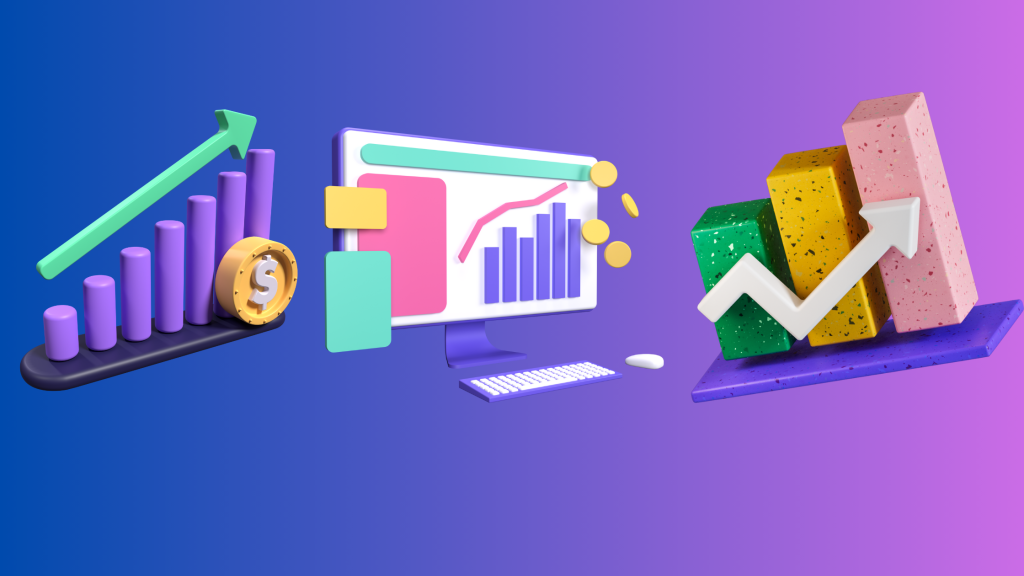
Now that we have learned why conversion rate is important for your business, let us learn some tips to enhance the conversion rate of your website and campaign
- Value propositions: Showcase your value propositions to your potential customers. This value proposition highlights why your services and products are better than your competitors. You should strengthen and promote your value proposition. Ensure it is different from your competitors and better than your competitors. Your USP can be highlighted by using a headline supported by other elements such as hero image, page layout, forms, etc.
- Sales funnel: At times you lose a lead because you’re aiming for the sale in a hurry. The higher the product the more time customers will need to think about purchasing decisions. In such a case, you must offer a free trial or demo instead of asking to sign up or complete the purchase. You need to slow down the customer journey and build a sales funnel so that you can build trust, and credibility and develop relationships with customers. Through the sales funnel, you must nurture the lead at every step and provide them with relevant information, incentives, and content.
- A/B testing: Use A/B testing for multiple elements of your marketing strategy. Experiment with various cta, headlines, content, landing pages, campaigns, etc. Test various elements and track and monitor the results. Make the necessary changes. It is a continuous process as testing and evaluation of the elements of your marketing strategies never ends.
- Avoid jargon: Try to avoid using jargon. Don’t use complicated language as it complicates the business more. Ensure there is clarity in your content and marketing strategy. Try to use simple language and avoid jargon that may be familiar to niche users. Always think that you’re writing for laymen and not for experts.
- Improve the buying experience: Ensure that your buying experience is smooth and simple. It should be easy and short. Always inform the users what they should do next and avoid giving them too many options as it might distract or confuse them. Don’t force users to sign up and try to offer free shipping to your customers. Shorten the process of conversion by asking for only relevant information.
- Build trust: Try to build trust in your customers. Provide accurate information that can be easily verified. Give the potential users proof of your existence. Promote your Unique Selling Proposition. Make clear communication with your customers. Make sure they can easily contact you. Design your website accurately and professionally. Frequently update your website and ensure accessibility. Avoid errors and try to minimize them. Add user reviews and feedback to your website, all this helps in establishing trust in your customers.
- Social proof: Add all types of customer reviews and feedback to your website. Encourage customers to leave video feedback or image feedback rather than a text review. 89% of online users check reviews before making a purchase. Video feedback creates more impact than text reviews. Integrate third-party reviews into your website. Share this feedback and user-generated content on your social media and website. According to a study sharing reviews on social media can increase your purchase by 34%. You can build a community on social media as well to boost customer loyalty and as a result conversion rate.
- Minimize distractions: Make sure your user’s attention is focused on relevant content. Don’t add unnecessary or irrelevant content, images, or elements to your website and landing page. Avoid distractions that divert users’ attention away from relevant content or cta. Specially remove irrelevant content from product pages and landing pages. Irrelevant content can be unnecessary images, links, etc.
- Research on competitors: Conduct research on your competitors and analyze their marketing strategies and websites. Compare your products with competitors and try to enhance them. Try to identify the weaknesses of your competitors and try to give the best alternative to your users.
- Incentives: You can offer free giveaways and trials as incentives. You can run contests and campaigns on social media. The winner can get a shout-out or access to the latest updates etc. The users feel connected to the brand which motivates them to convert into buying customers.
- CRO planner: CRO planner helps in analyzing and formulating strategies that help in increasing the conversion rate. The CRO planner conducts site audits, helps in identifying the areas of improvement, understands users, conducts A/B testing, and evaluates the results.
- Track: Use website analytics tools to monitor and manage website and campaign analytics. You get important insights such as who clicks on your website, where they click it, do they fill out the form, do they click on the offer, and what type of content they engage with. etc.
- Live chat: Sometimes the potential customer leaves your website because they might have a query or question that is left unanswered. To prevent losing such potential customers, enable a live chat on your website. This chatbot helps guide potential customers.
- Email campaign: Use email marketing to retarget your lost customers. Also, you can send cart abandoned emails to your customers to remind them of items lying in their carts. Also, send a follow-up email once the customer has completed the purchasing cycle.
- CTA: Use an attractive and engaging CTA. One landing page should ideally have one CTA or you can use 2-3 CTAs that lead to one link. Your CTA should be noticeable and in contrast with the background color. Make sure it is relevant and evokes emotions in the customers. Place your CTA in the beginning as the user might not scroll below.
- Landing page: Design an attractive landing page that has all the necessary information that your customer might need. Avoid all the distractions from the landing page. It should be well-optimized. The link attached to it should be correct and accurate. Make sure there is a visual hierarchy in your landing page. Your landing page should be aligned with your ad copy. It should be responsive and accessible.
- Images: Try to attract your user’s attention by using attractive hero images at the top of your landing page or website. It helps in setting the tone and delivering your message to the users.
- Mobile optimization: Make sure your digital assets such as website, campaign, etc are well optimized for different screen sizes. Place the cta correctly and optimize your page speed. You can check your mobile page speed by using this tool.
- Page speed: According to research, 40% of online users abandon a website that takes more than three seconds to load and a one-second delay in page response can lead to a reduction in conversion rate by 7%. You can test your page speed by using Google’s Pagespeed tools. To optimize your page speed, make sure your images, HTTP, etc are compressed.
- Content: Your content should be engaging and relevant. Use readable font size and style. Your content should evoke emotions like creating a sense of urgency, excitement, etc. Your content should be up to date and should contain all your contact details and address. Add location pages to your website. If your business deals more with local customers then add more local content. Be creative in your content writing. The navigation on your website should be simple and easy to use so that no customer gets lost or confused.
- Upsell and cross-sell: Upsell means motivating the customers to buy more premium products whereas cross-sell is encouraging the customer to add other items as well along with their primary product. You must personalize the offers and focus on adding value to the customer. Also, remember not to force them or annoy them with repeated options, and avoid providing multiple options.
- Pop-up to the site: According to a study by Sumo, the average conversion rate for pop-ups are 3.09%. If we design it accurately then we can increase the percentage to 9.28%. Make sure your pop-up has a timer in it so that it doesn’t annoy the users by flashing again and again on their screens. The option to close it should be clear. Set a cookie so that a pop-up appears only once for a user. You can provide several offers such as free PDF, PPT, premium content, etc.
- Personalize journey for each segment: You can increase the conversion rate by personalizing the journey for each user segment. You can create a customer journey map for this. You must have the required data for this, track every step from the Awareness to the brand advocacy stage, keep track of all touchpoints that is the content that they consumed during the customer journey, and identify challenges and solutions to it. Once you have all the data you can personalize the journey for each segment.
- Payment option: Provide multiple payment options to your customers such as debit card, credit card, PayPal, cash on delivery, other cards, etc. The more options you offer them, the more smooth and comfortable their experience will be.
- Evoke emotion: Try to create a sense of urgency. There can be two types of urgency that you can create, time-related urgency and quantity-related scarcity. Time-related urgency can be the “last day to buy” etc. Similarly, quantity-related urgency is 5 seats left, only 2 left order now, etc. You can also evoke FOMO in your customers.
- Color psychology: Selecting correct colors is also important as each color has a different psychological impact on different users. Rather than the perceived psychology of color, we must consider the cultural reference of it. Your color should be aligned with your font so that the content is readable.
- Forms: Some users feel hesitant while providing information. They might not convert due to long forms or the information that you are seeking from them. Shorten your form and it builds trust in your customers. Also, provide a copy of your privacy policy along with the form.
- Usability: Conduct regular usability tests of your website, landing page, and campaign. Make sure it is functional and accessible to all the users.
- Definite goal: Have a definite goal and objective. Make a blueprint of your goal and the strategies that you will use. Also what KPIs will you use to track the performance.
Conclusion

We have provided you with several tips for optimizing and increasing your conversion rate. However one of the most important tips is to empathize with your users and try to understand their problems and the solutions they desire. Try to provide relevant solutions. However, this is possible only when you have a well-defined and effective digital marketing strategy. Formulate a marketing strategy that covers all the key points mentioned above and aims to increase your conversion rate. Lumia 360 specializes in catering to small and medium enterprises. We understand their unique needs and limited resources. We formulate a strategy that helps them in lead generation, increasing their leads by 20% in a month to improve their rank on search engines. To know more about our strategies email us at info@lumia360.com or call us at 514-668-5599
Read Also: Impact of Brand logo on customer behavior




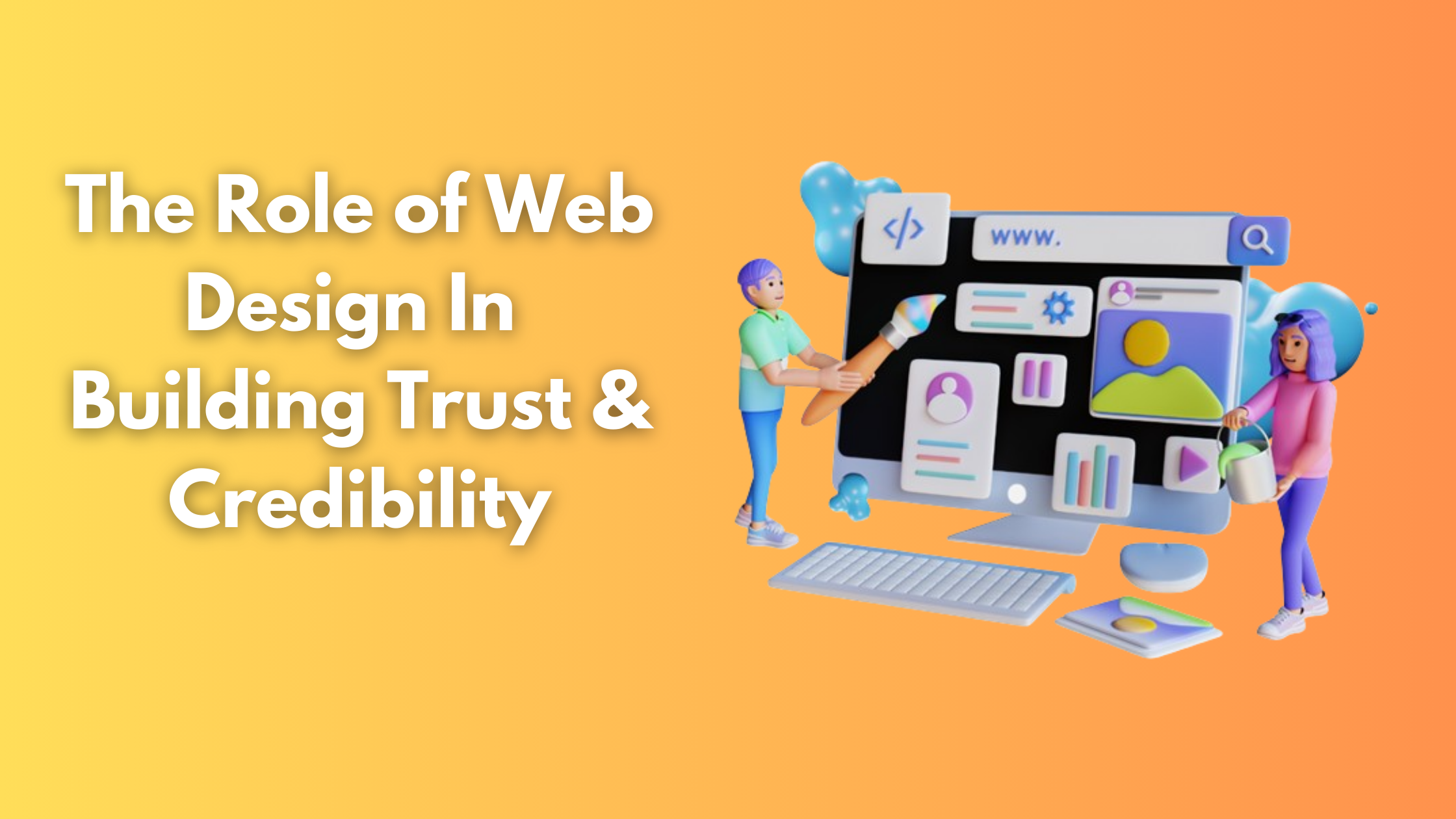
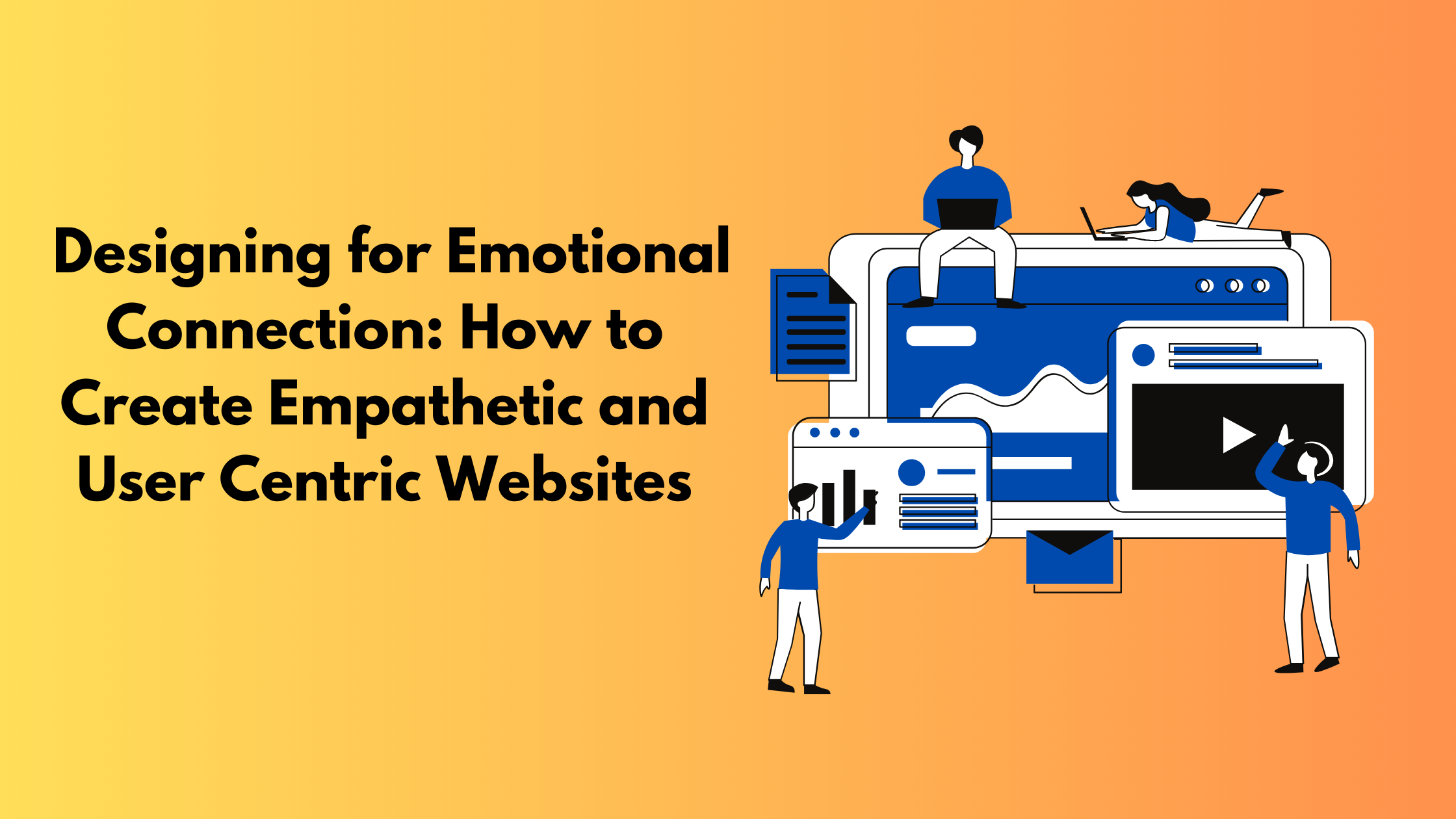
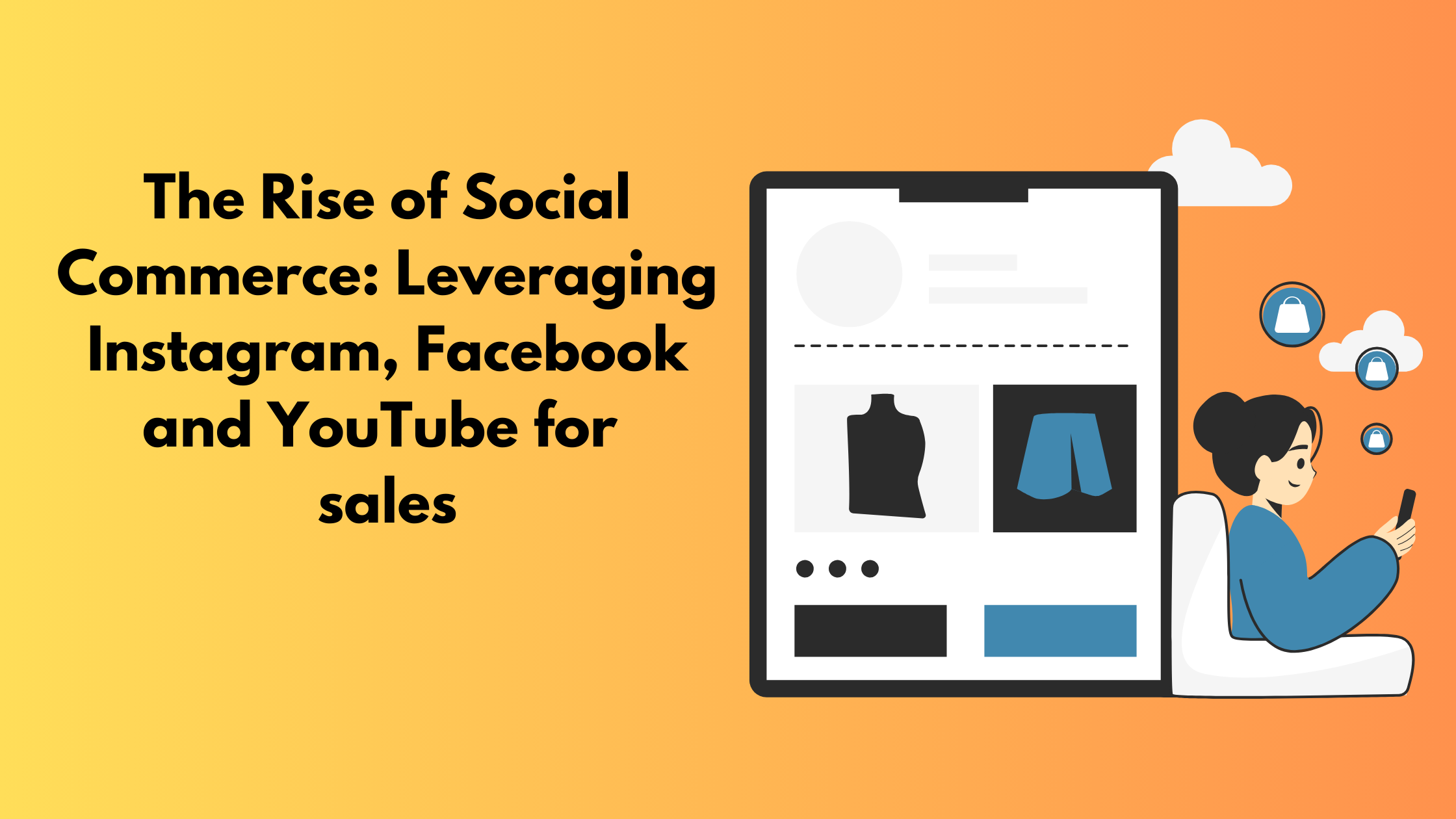

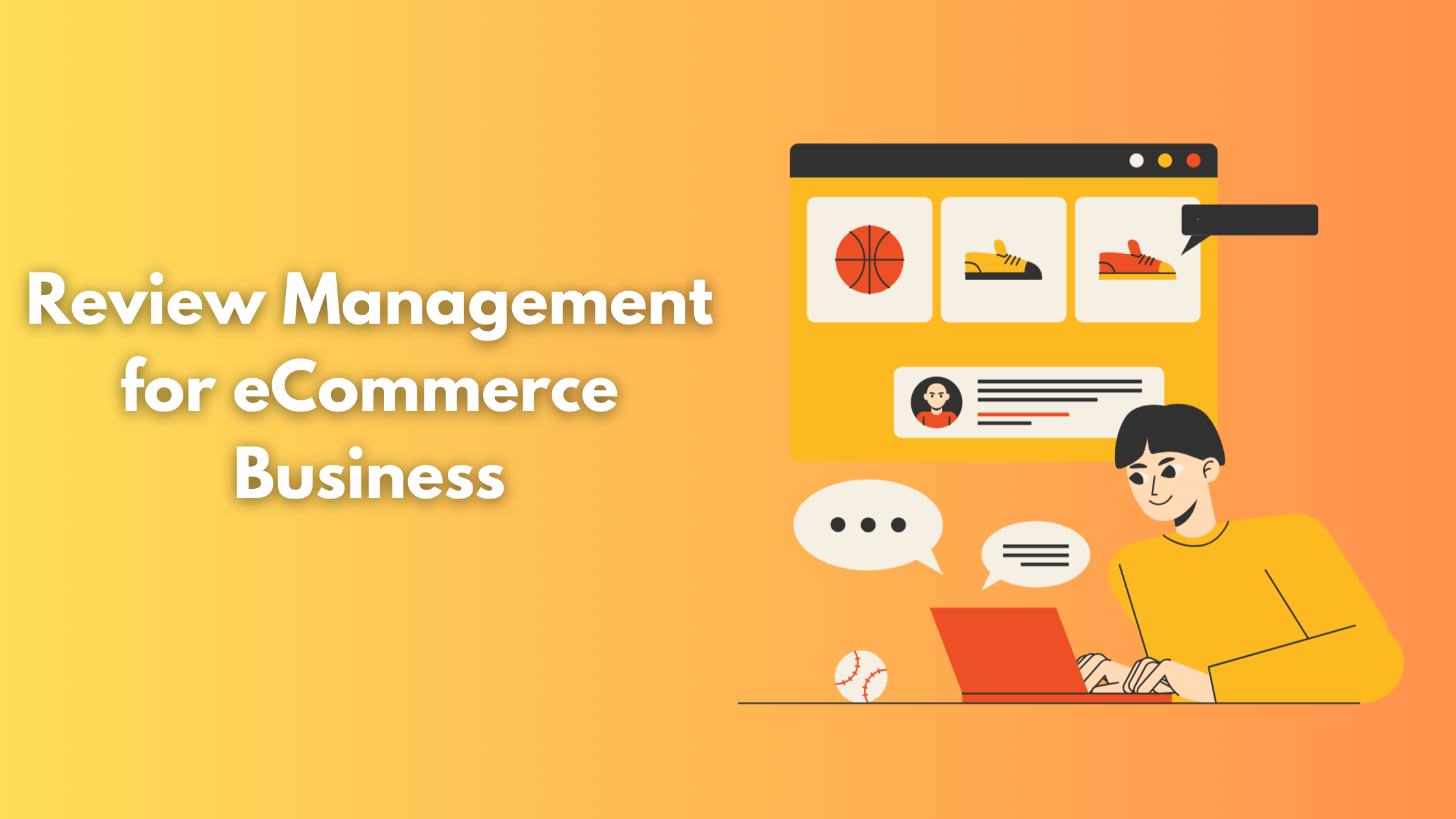


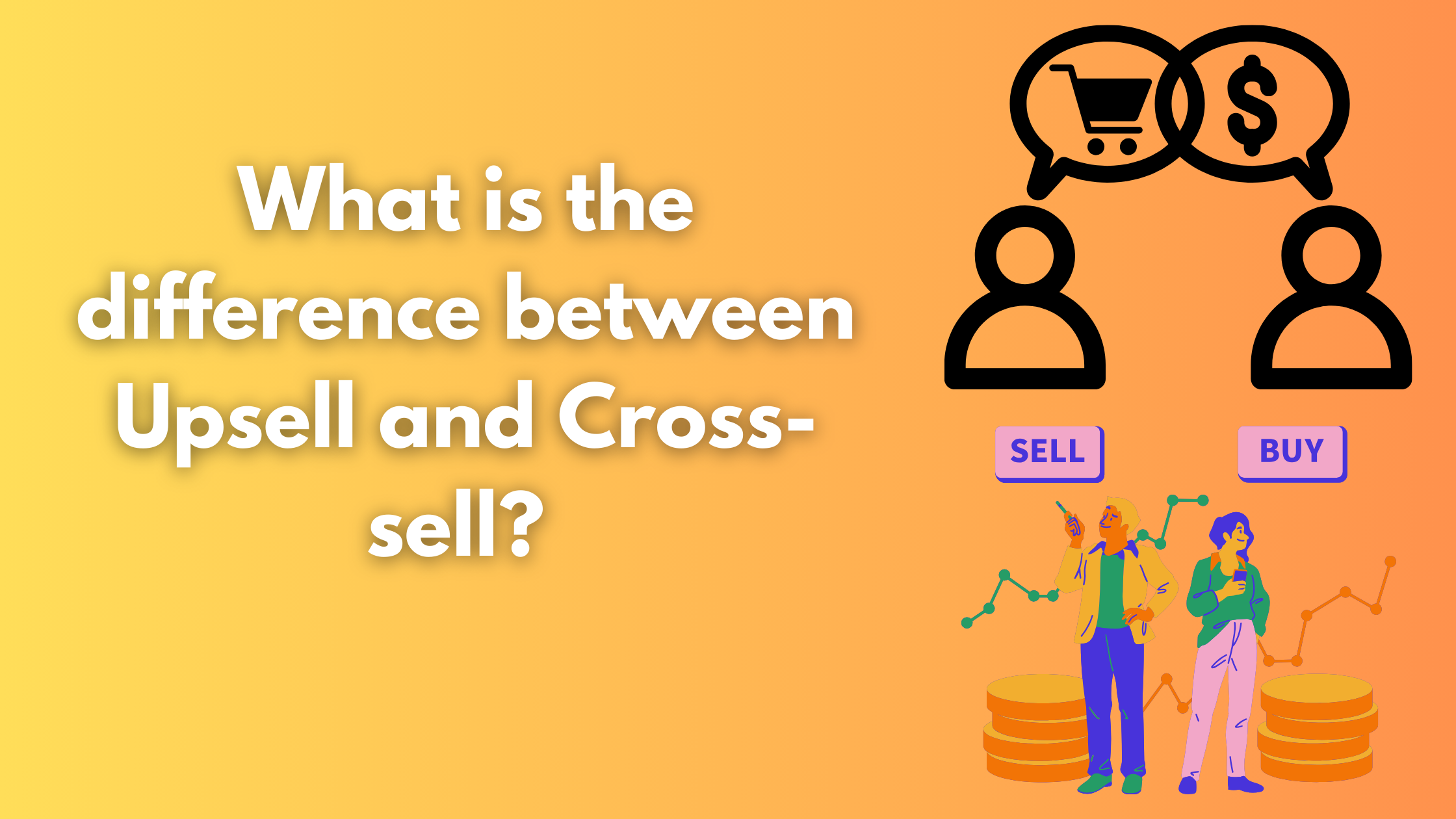
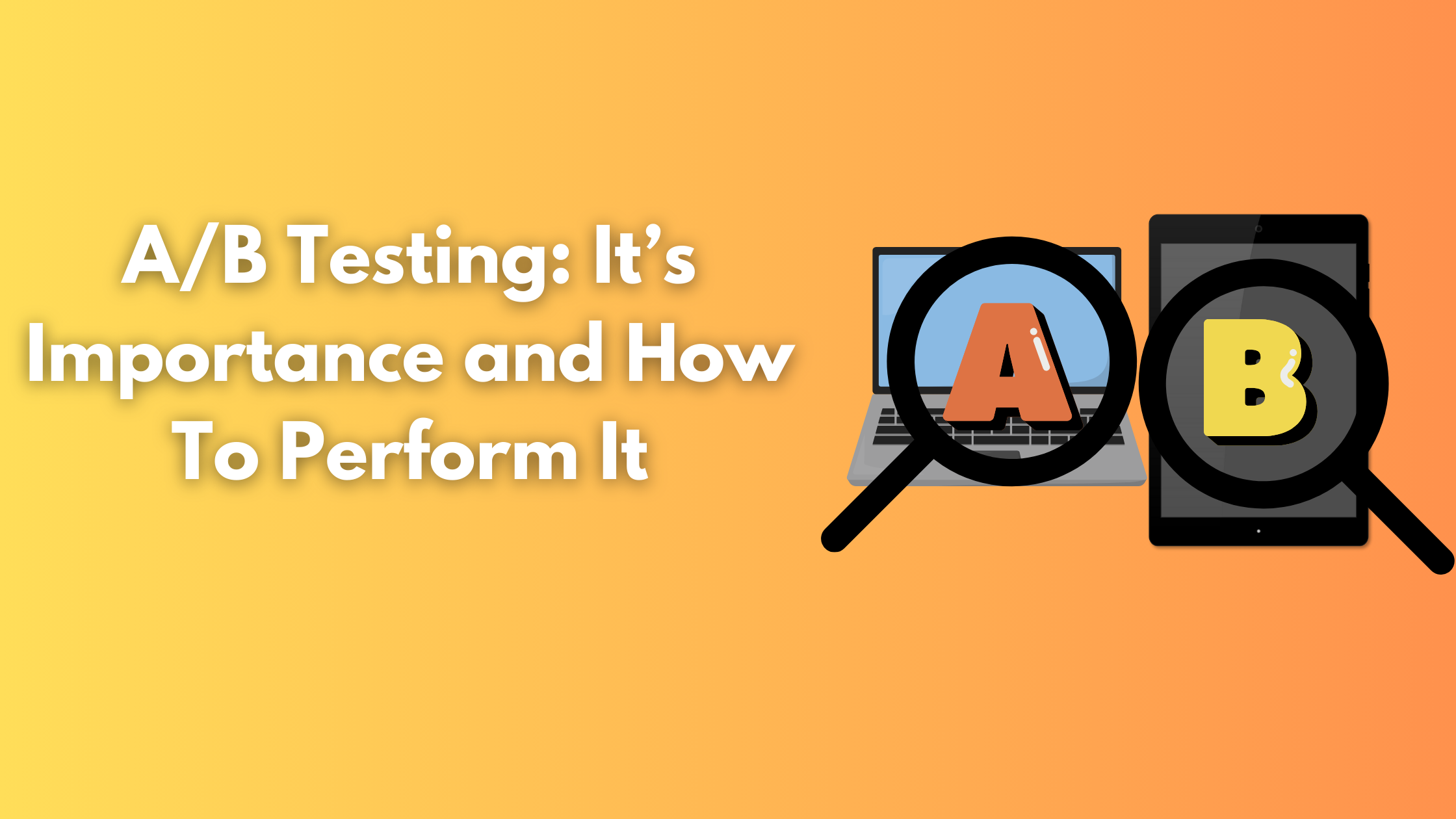
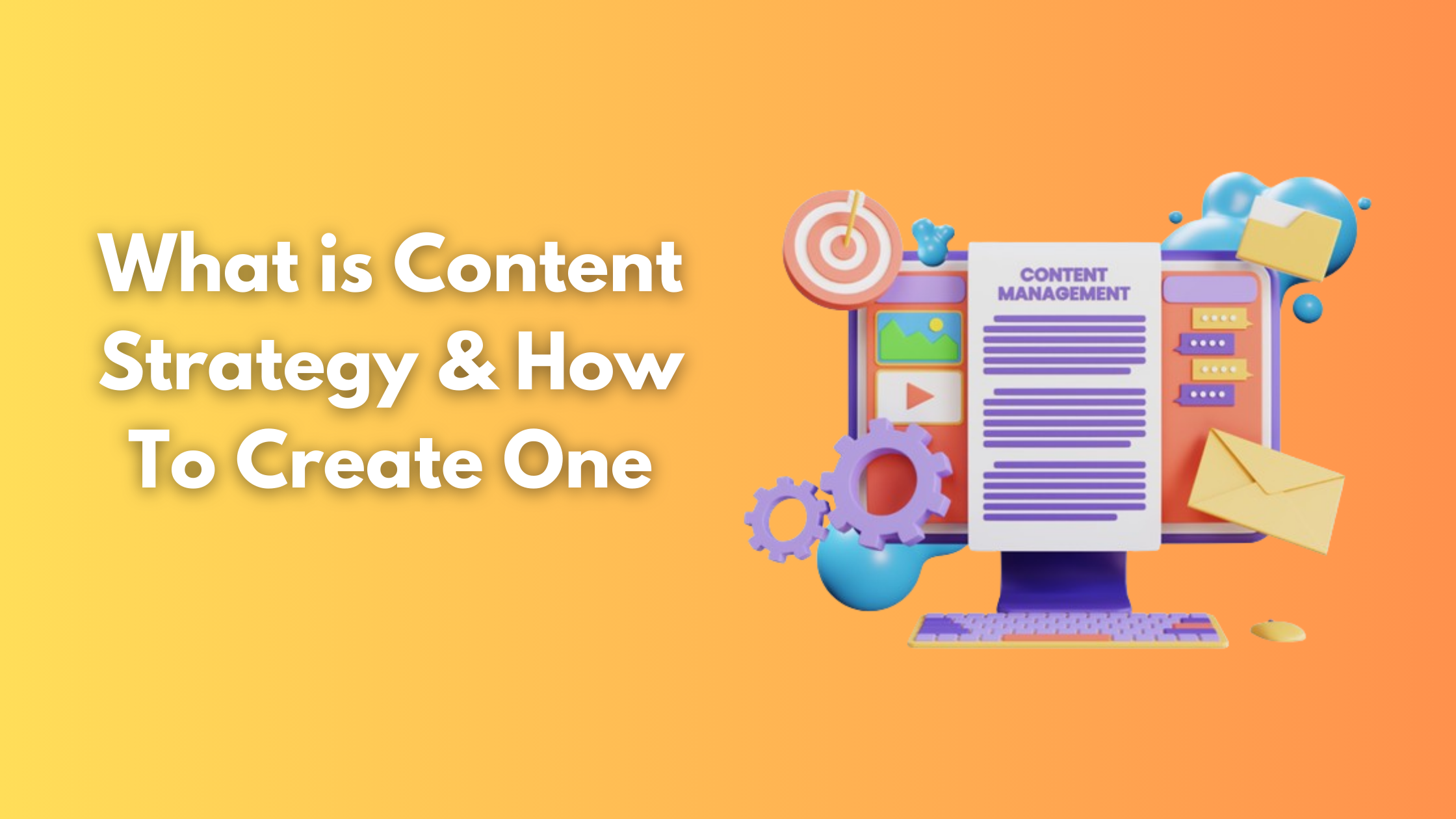
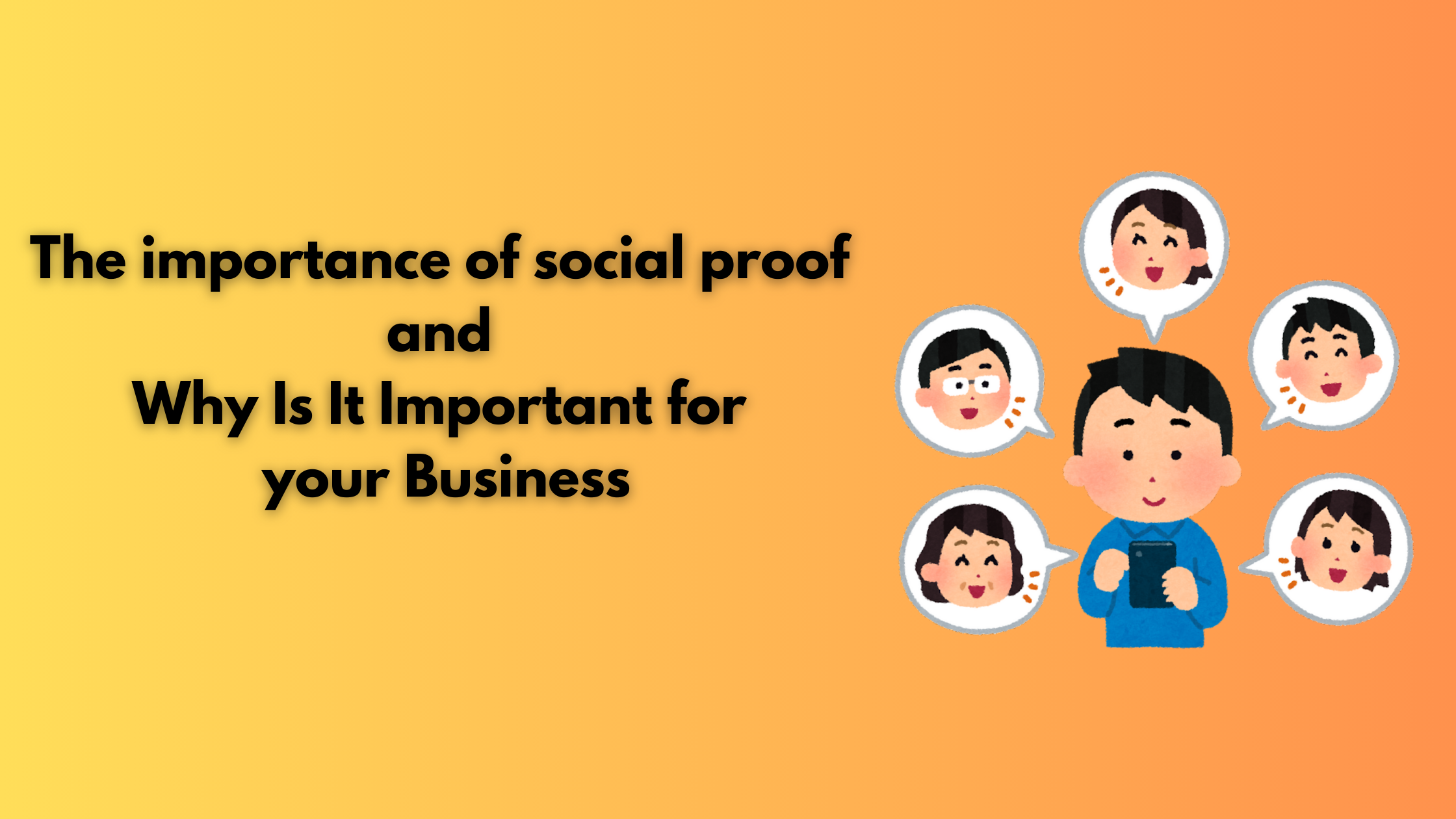
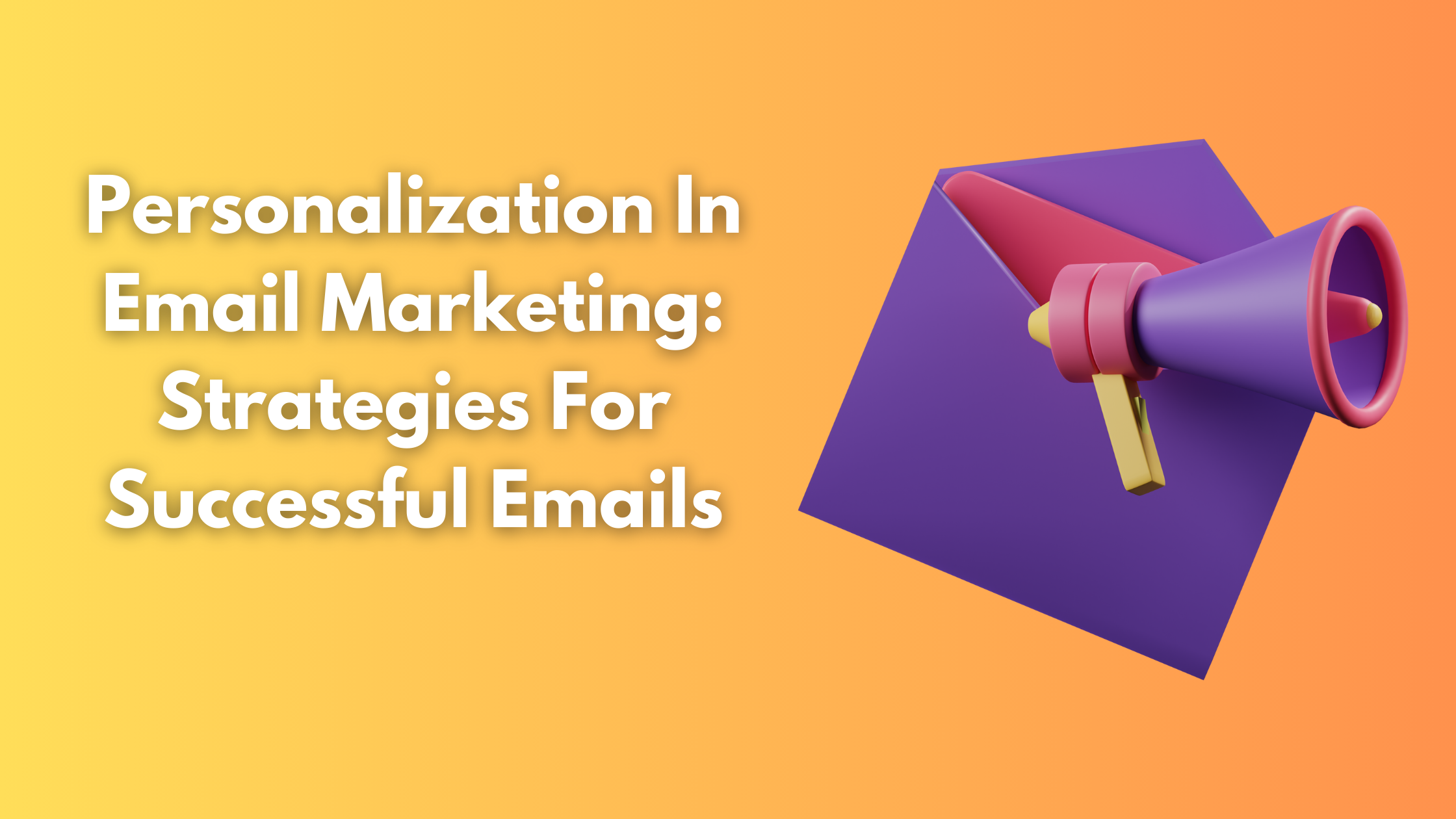
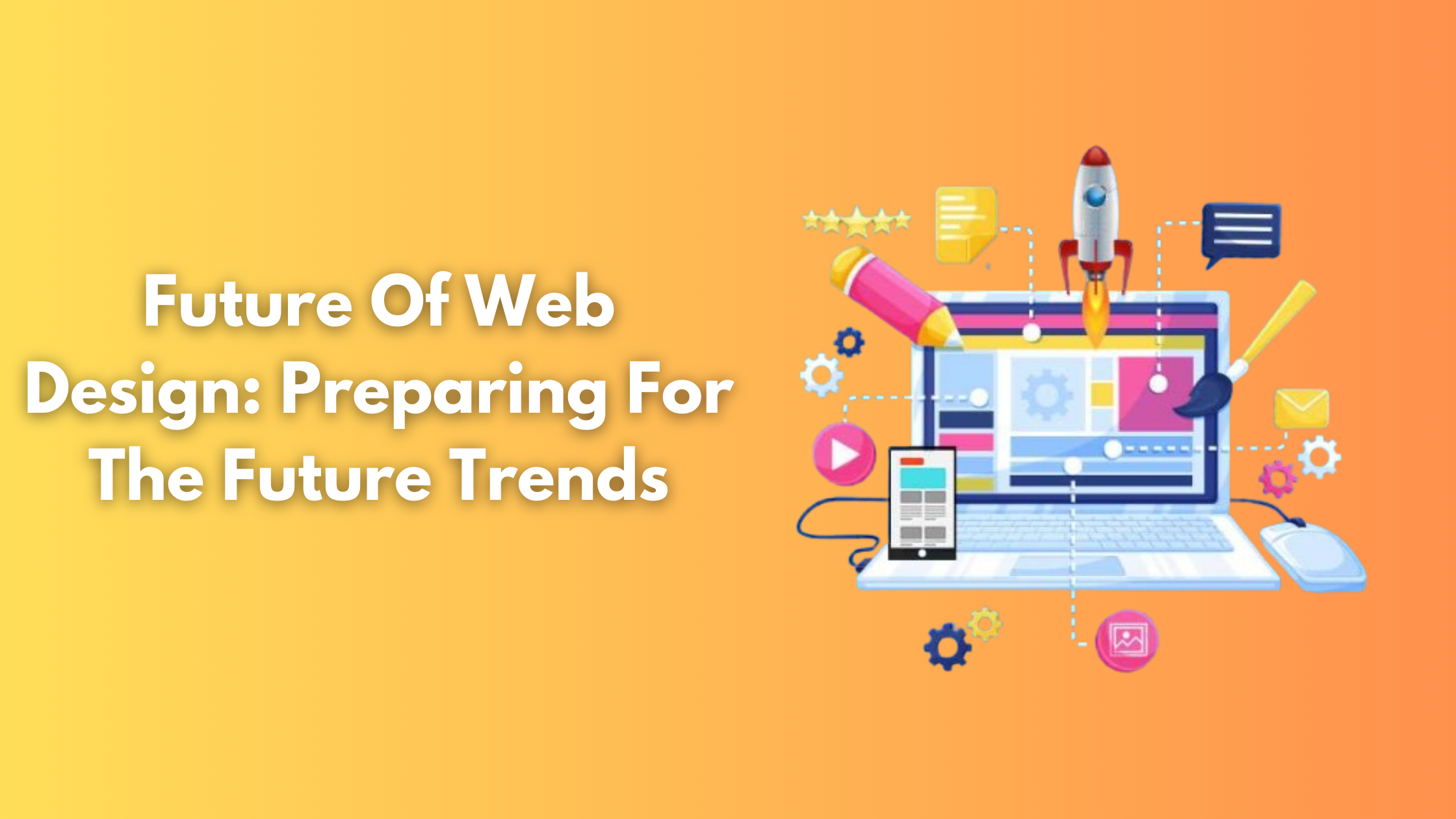

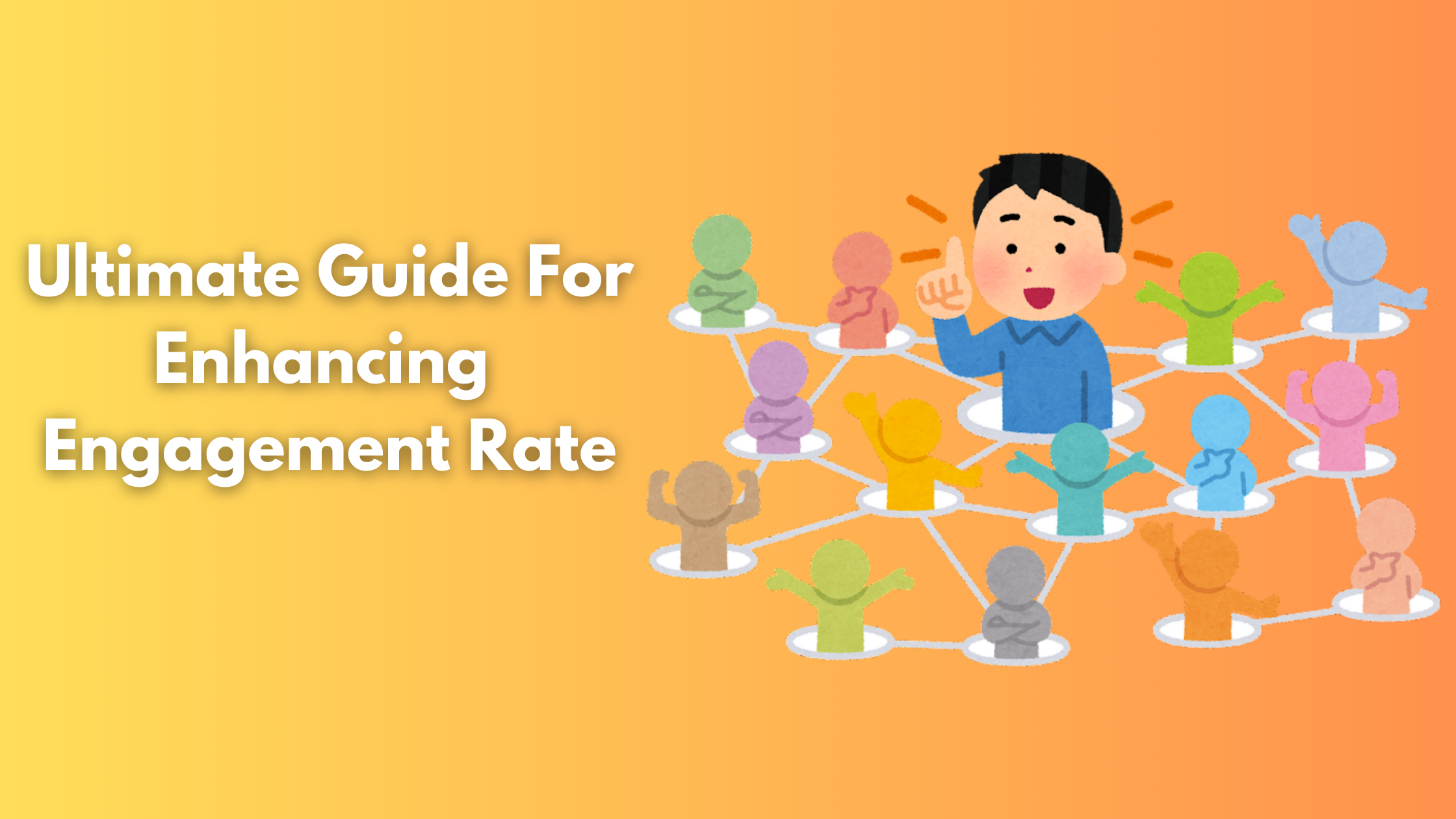
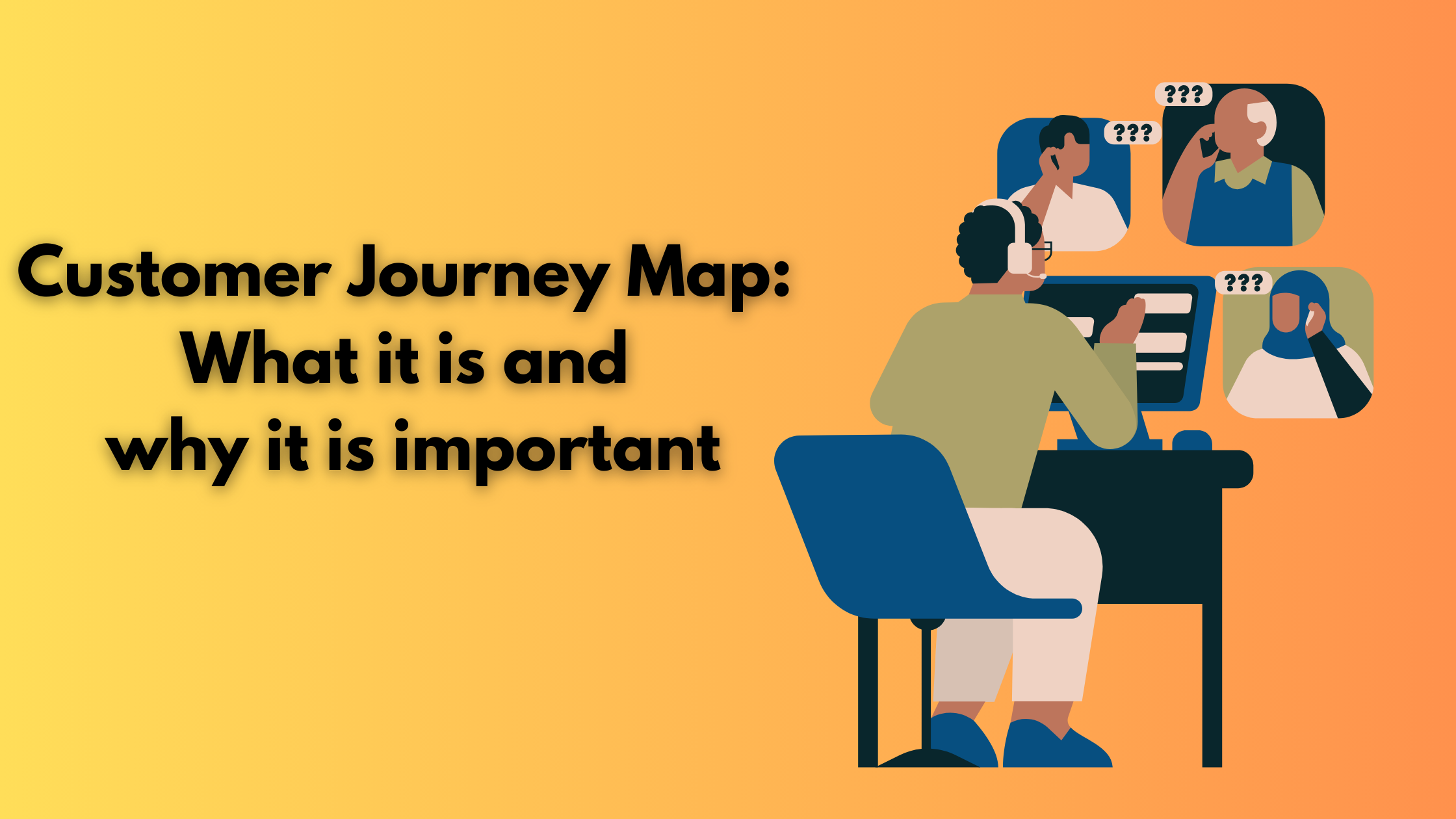
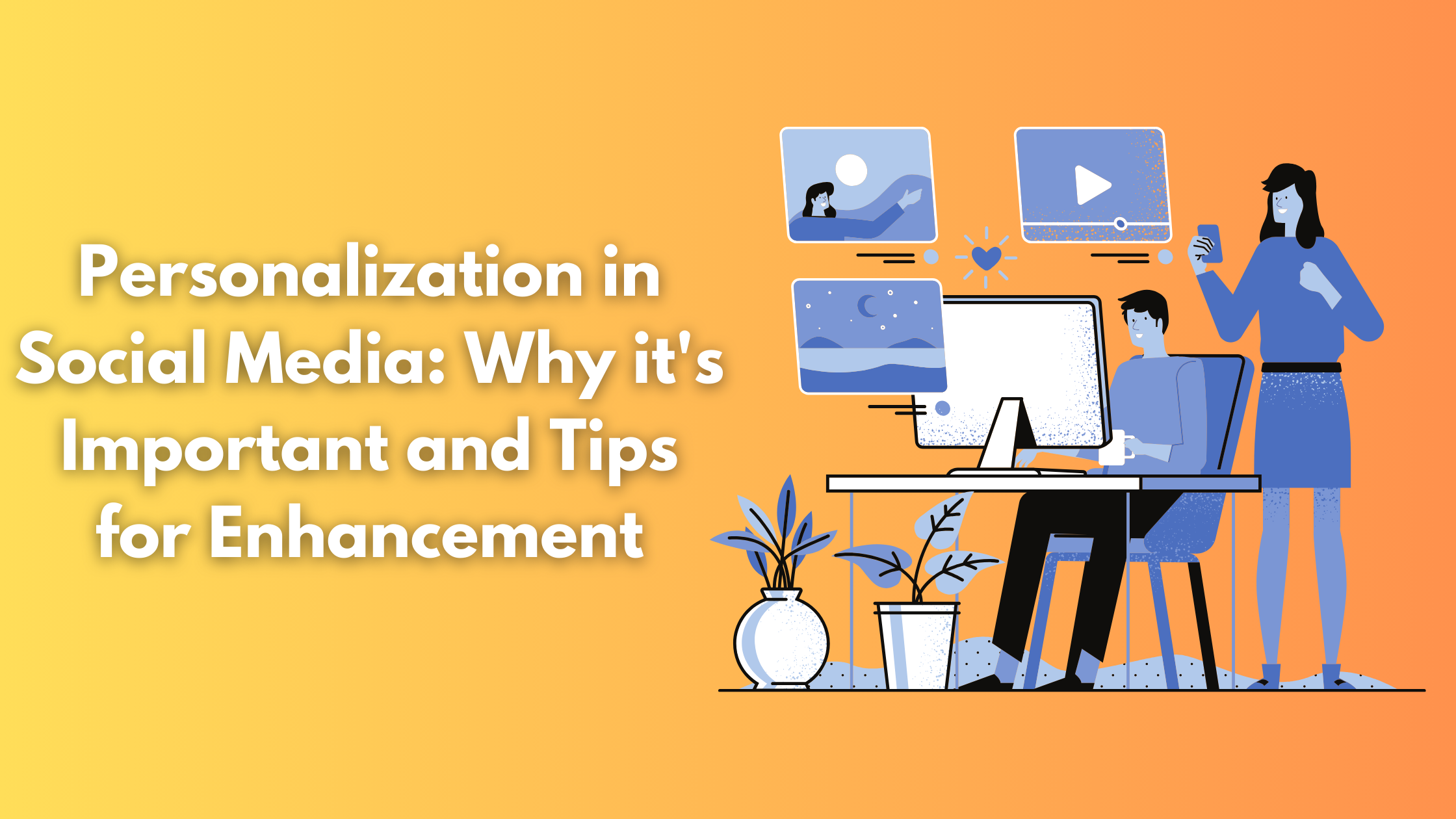
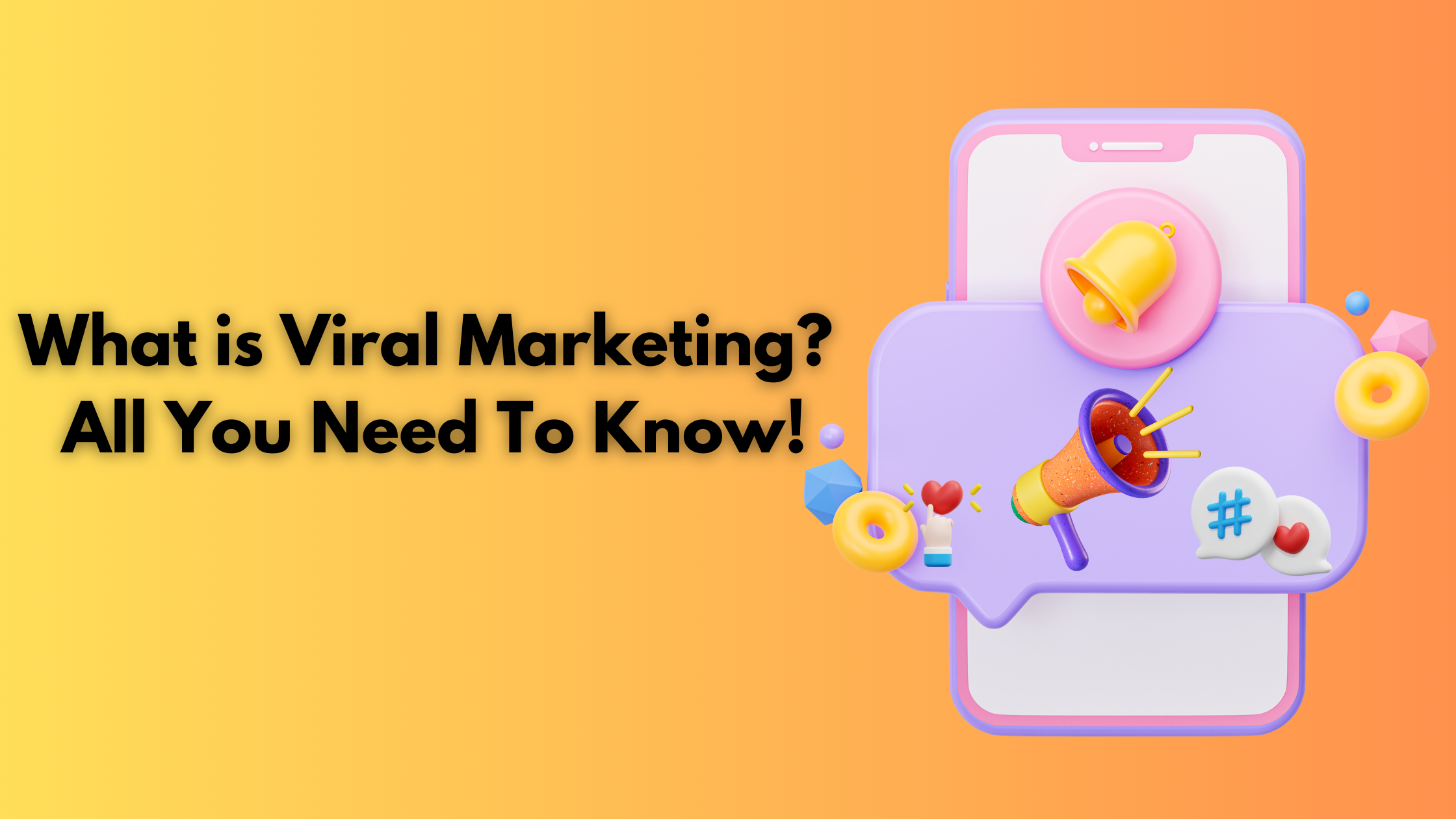
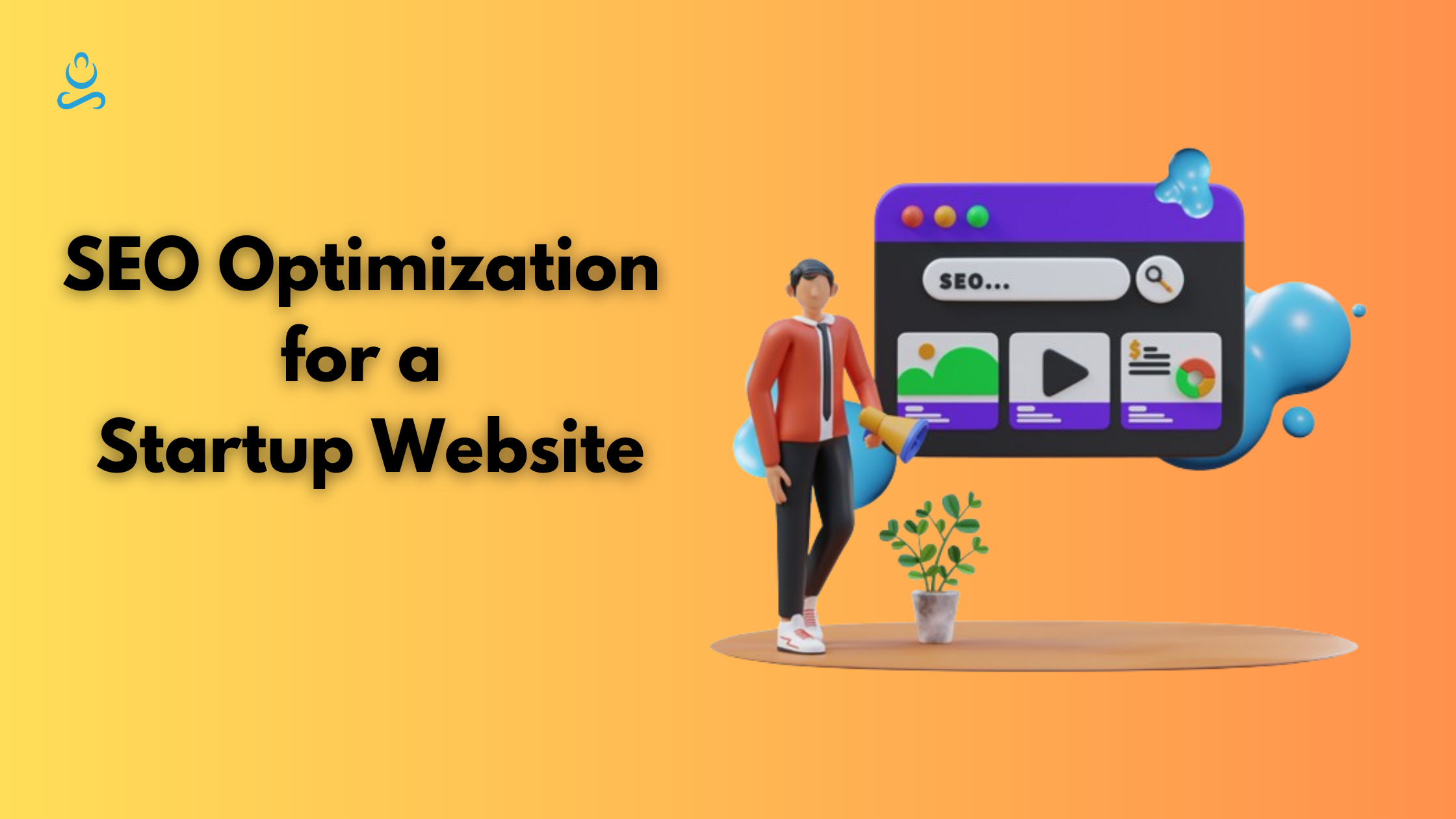
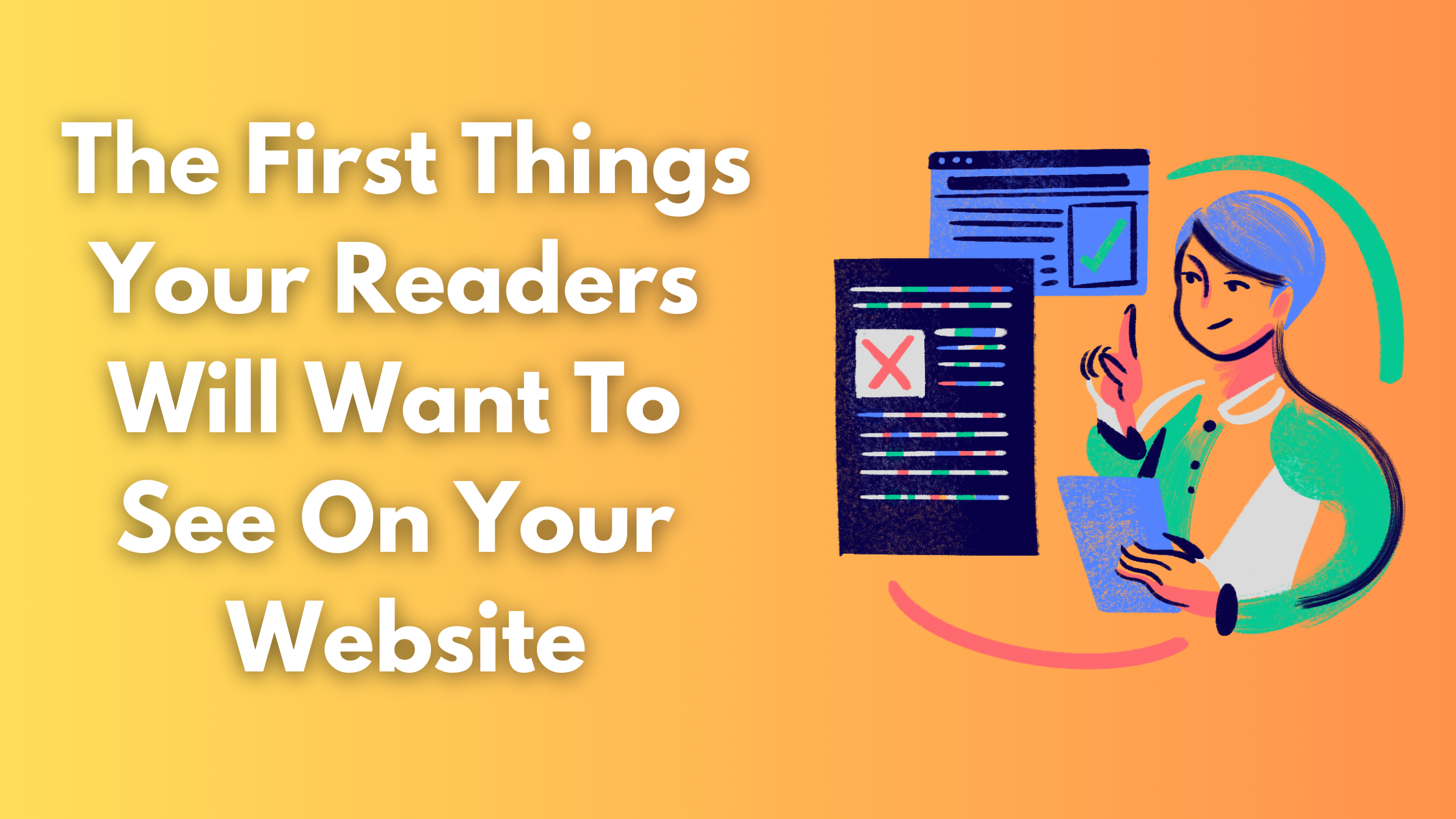
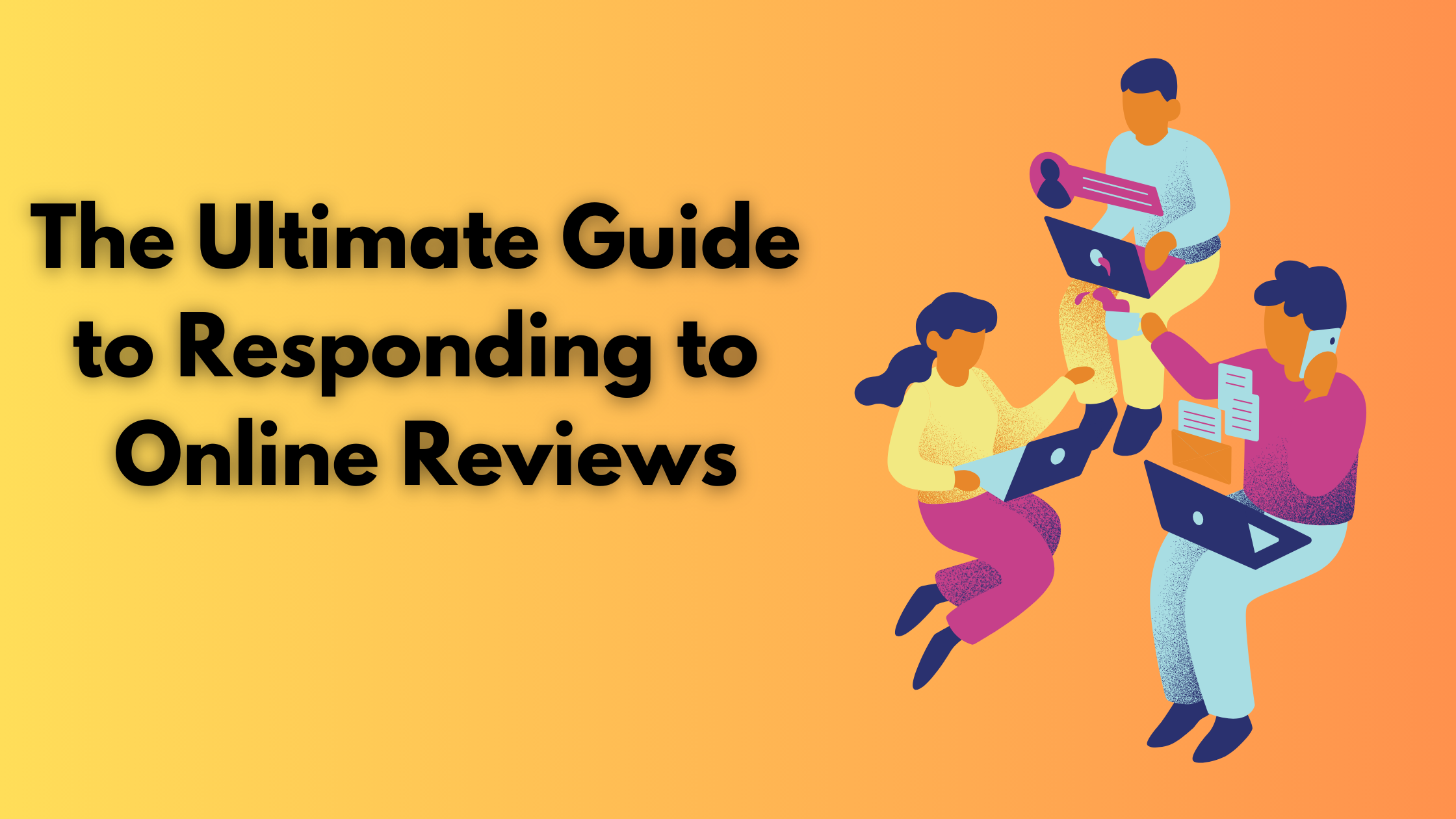
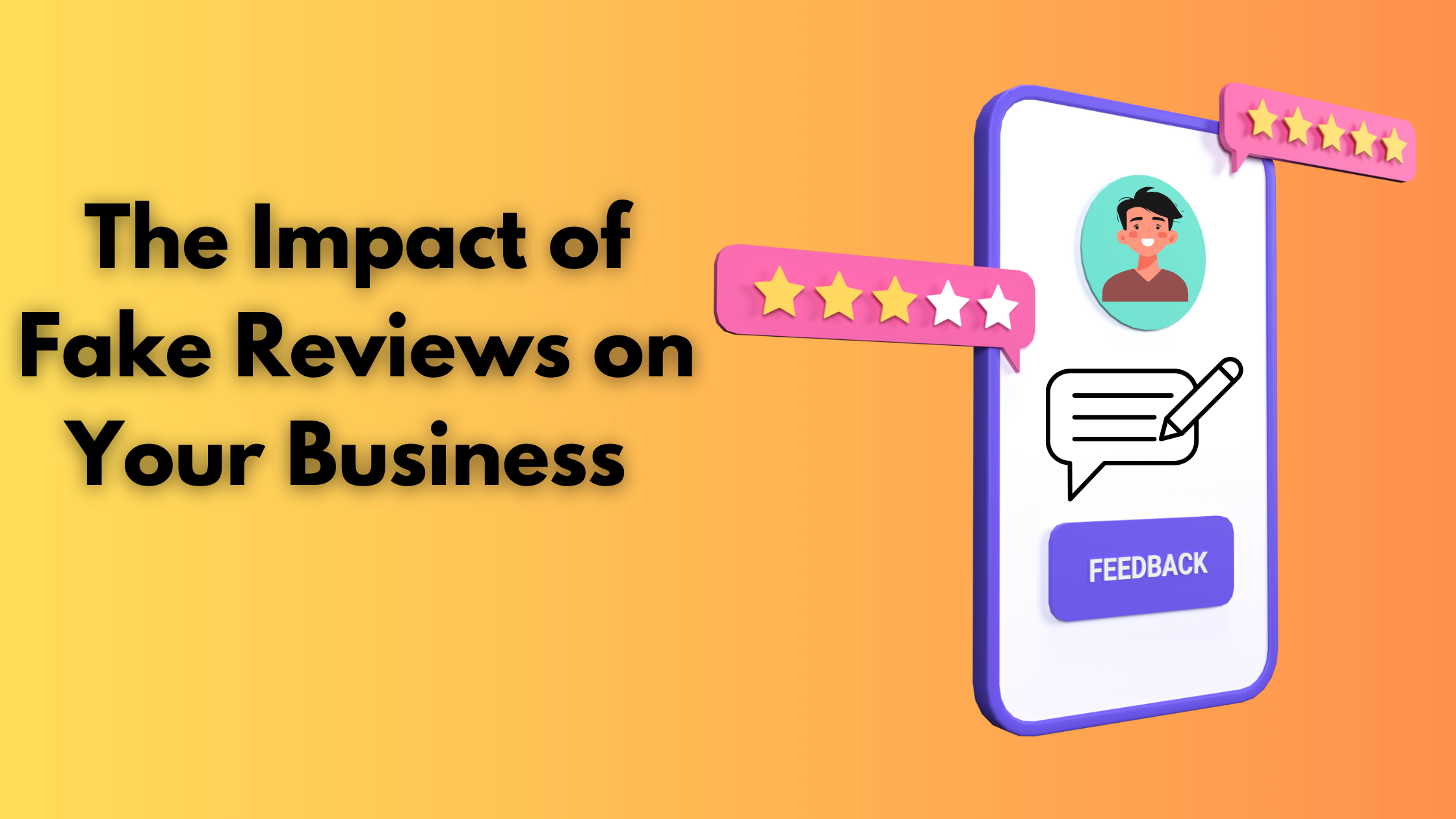
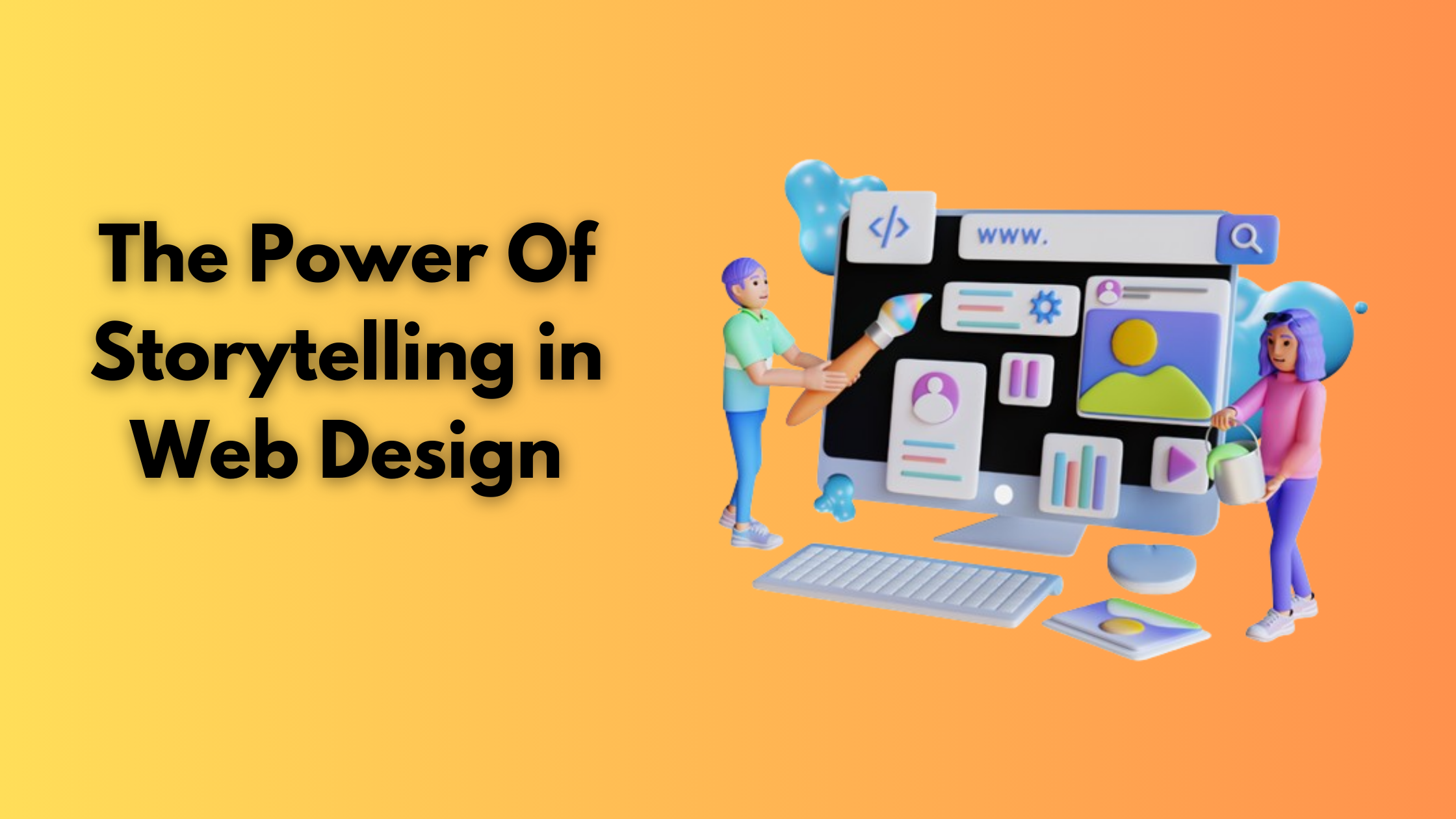
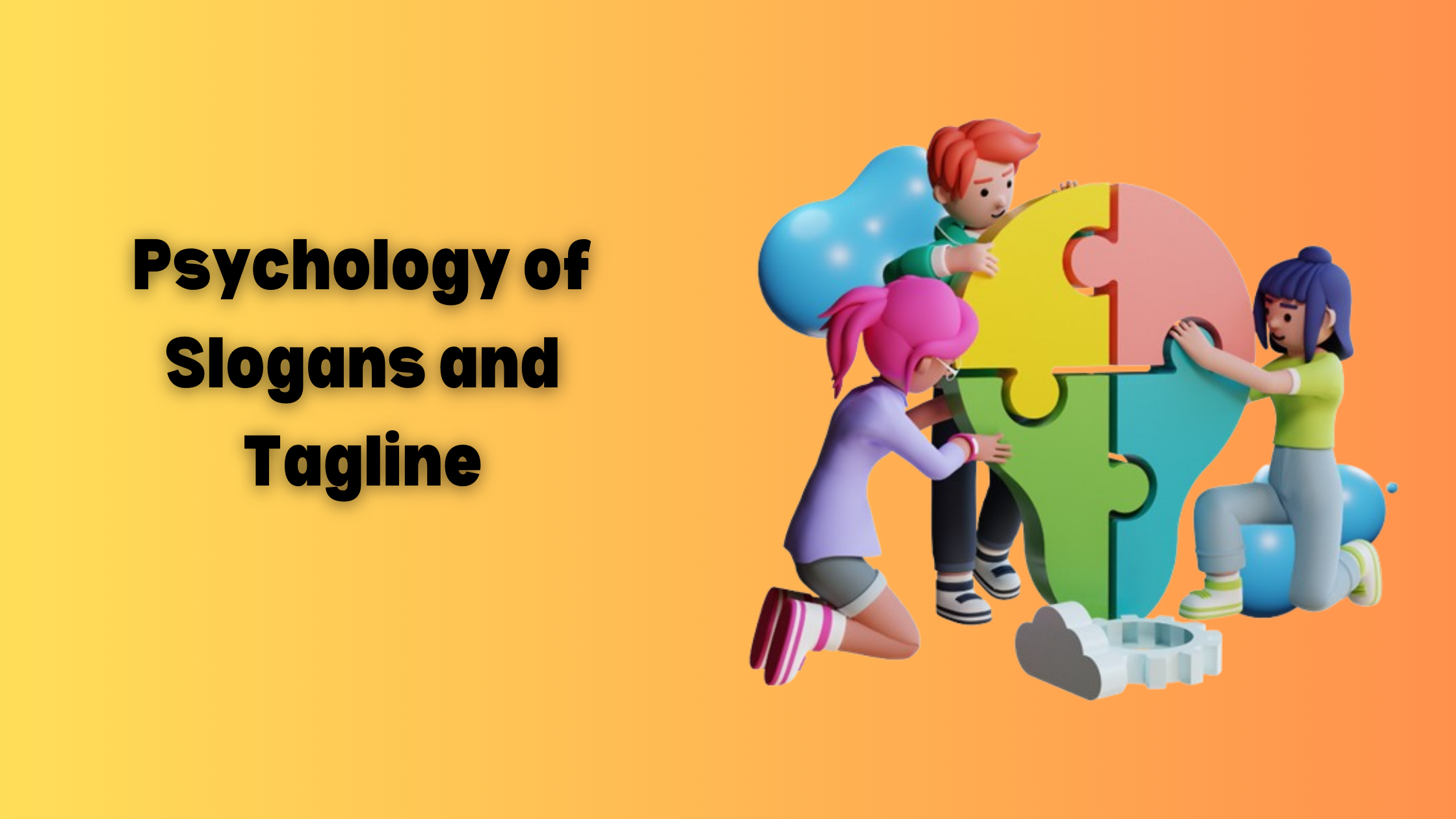
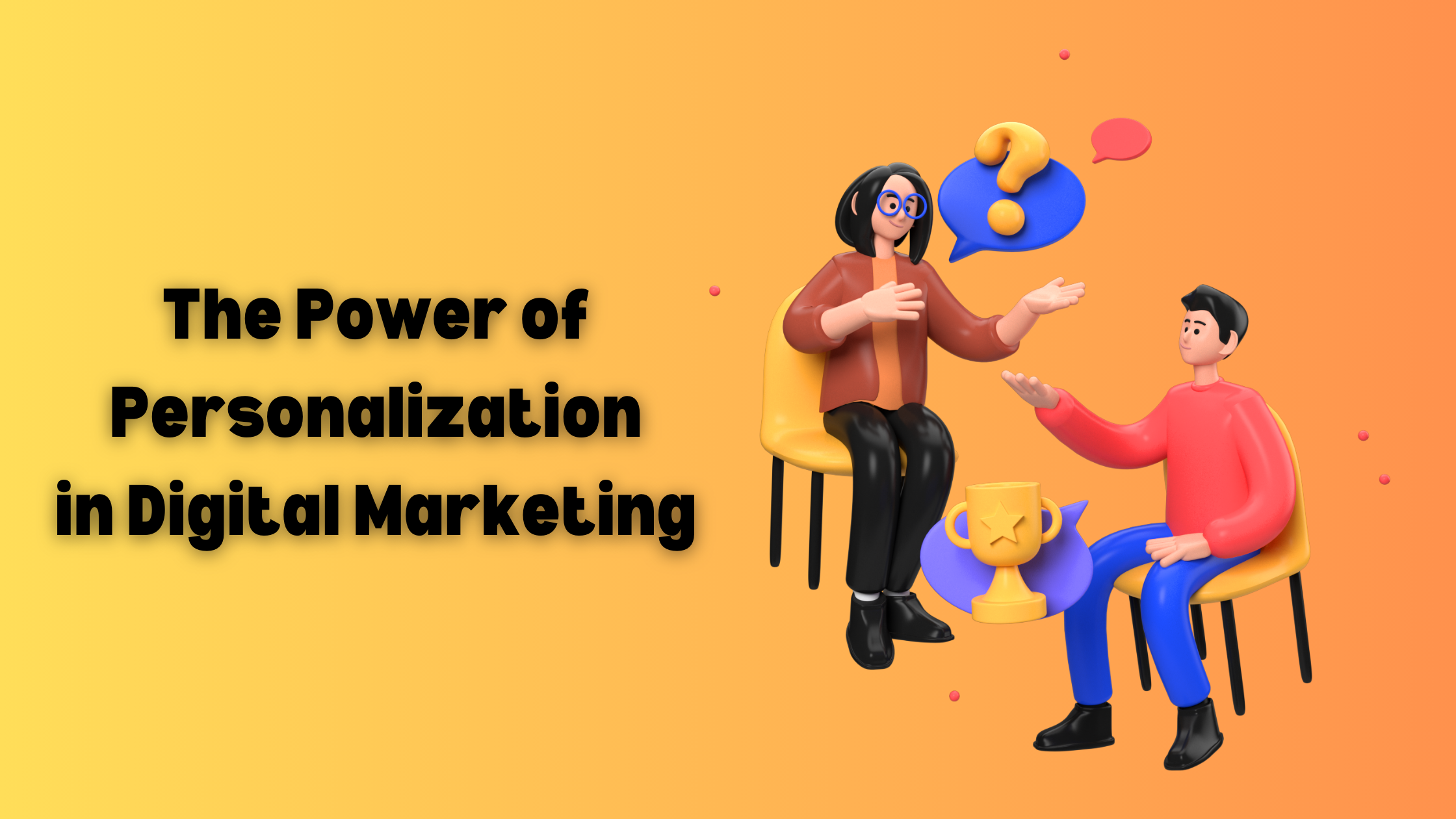
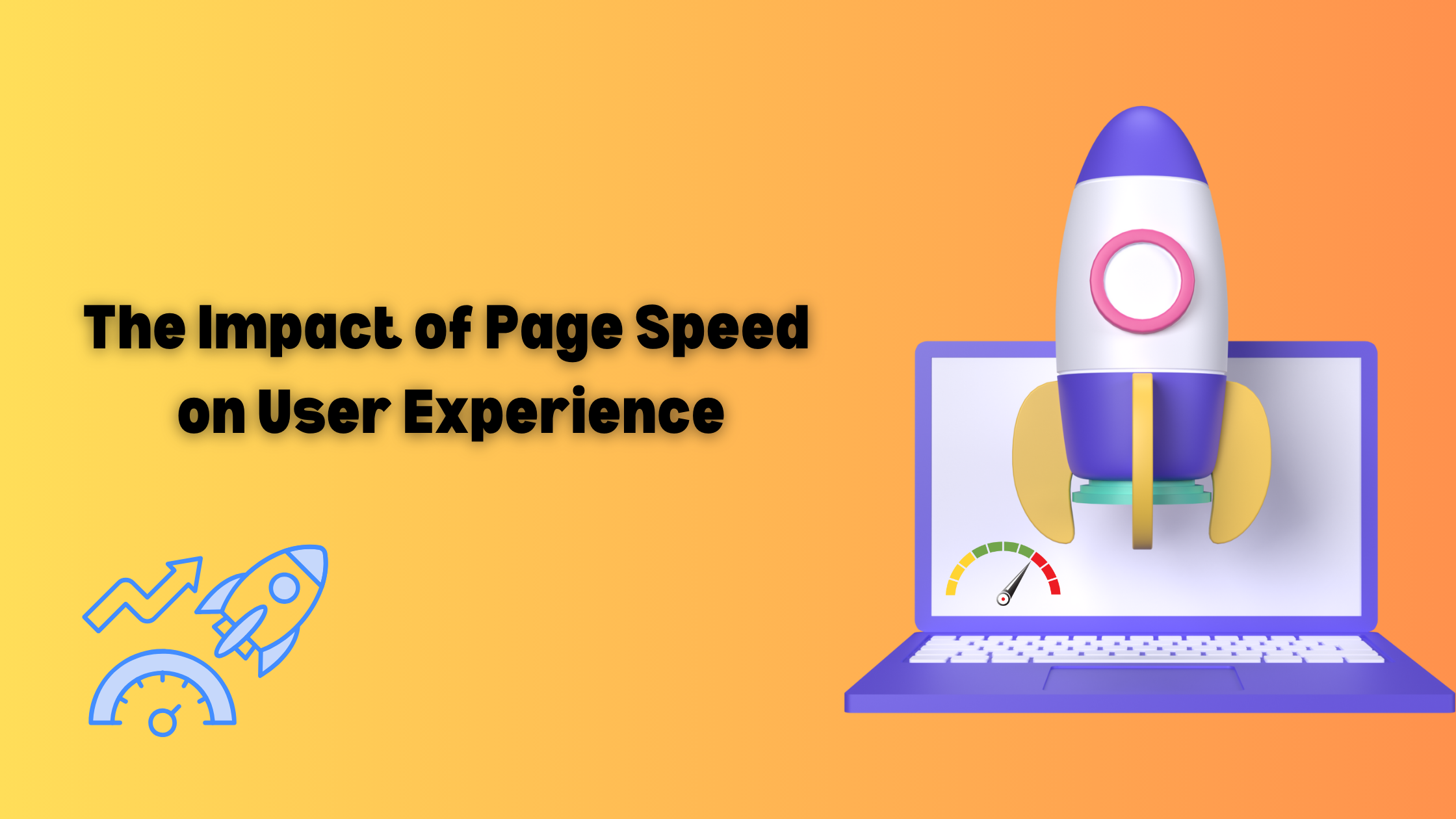
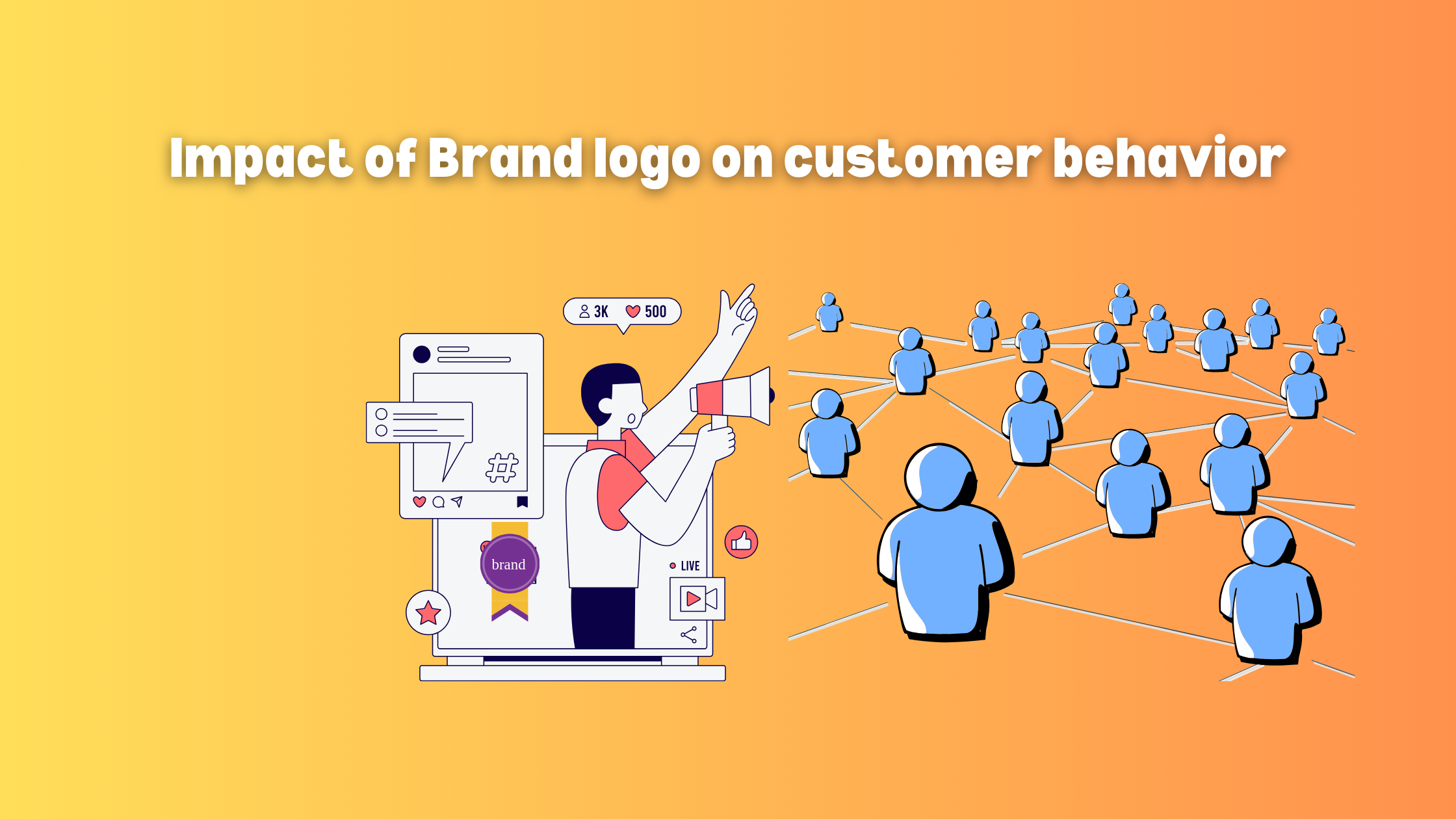

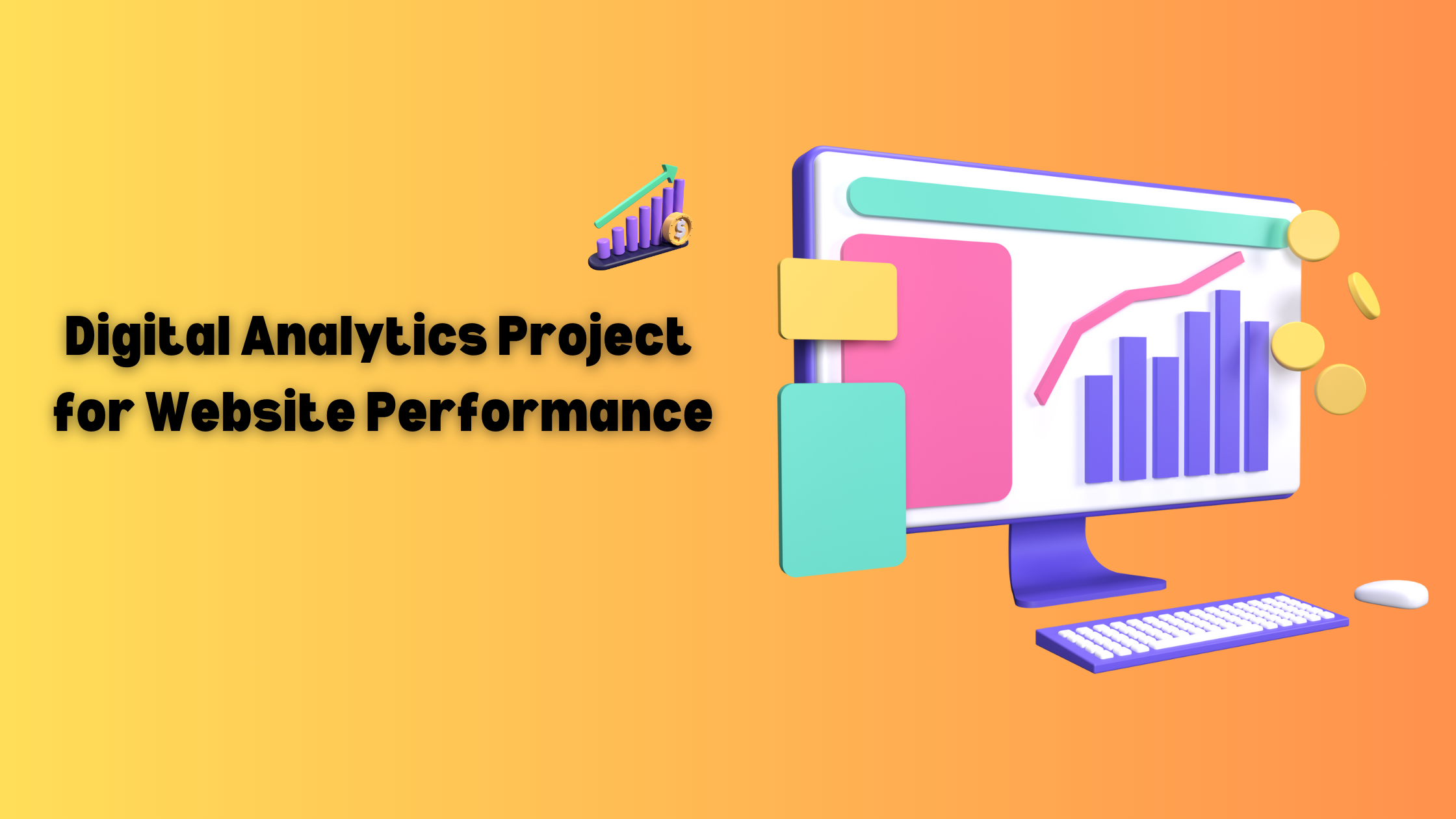




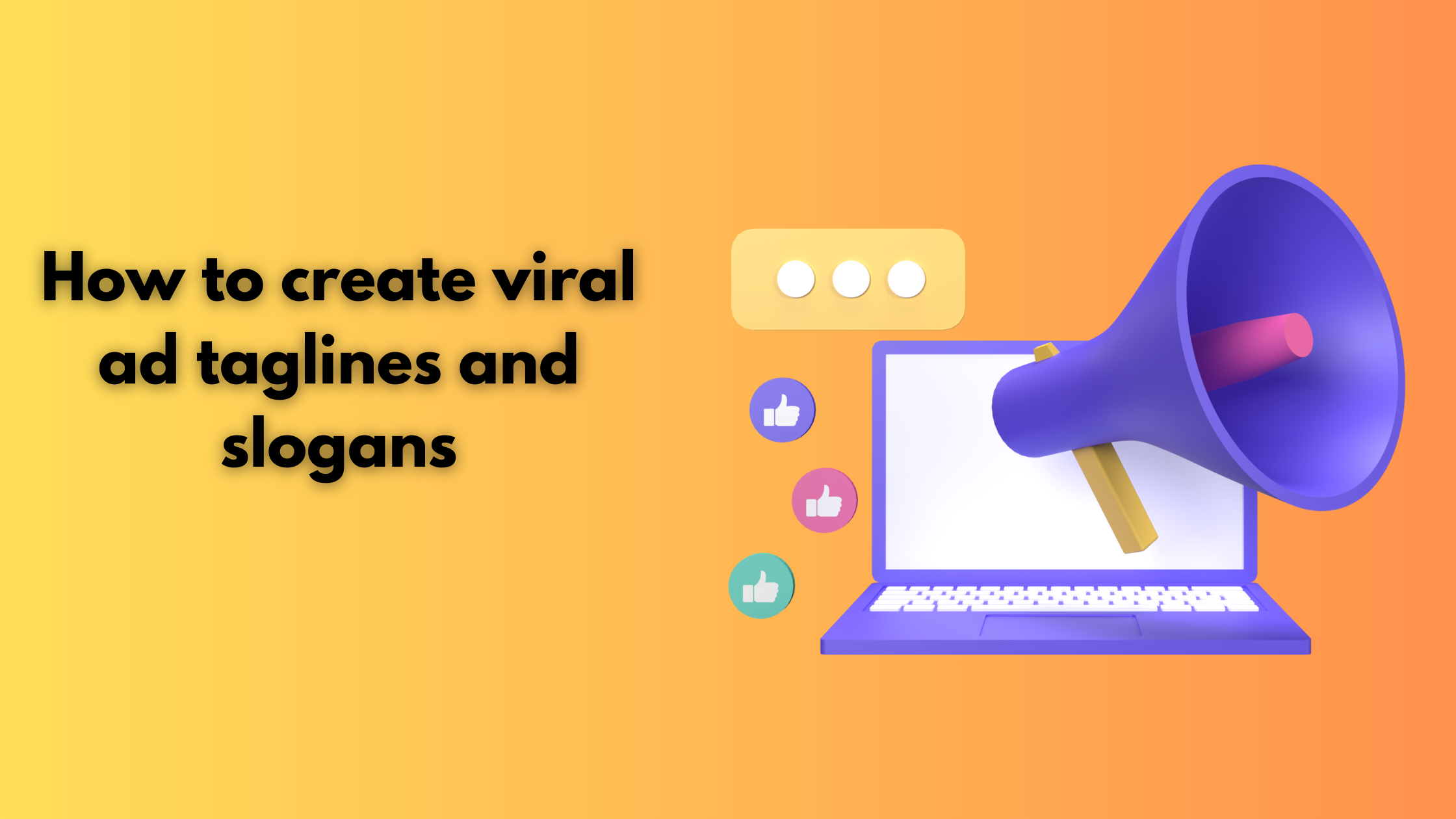
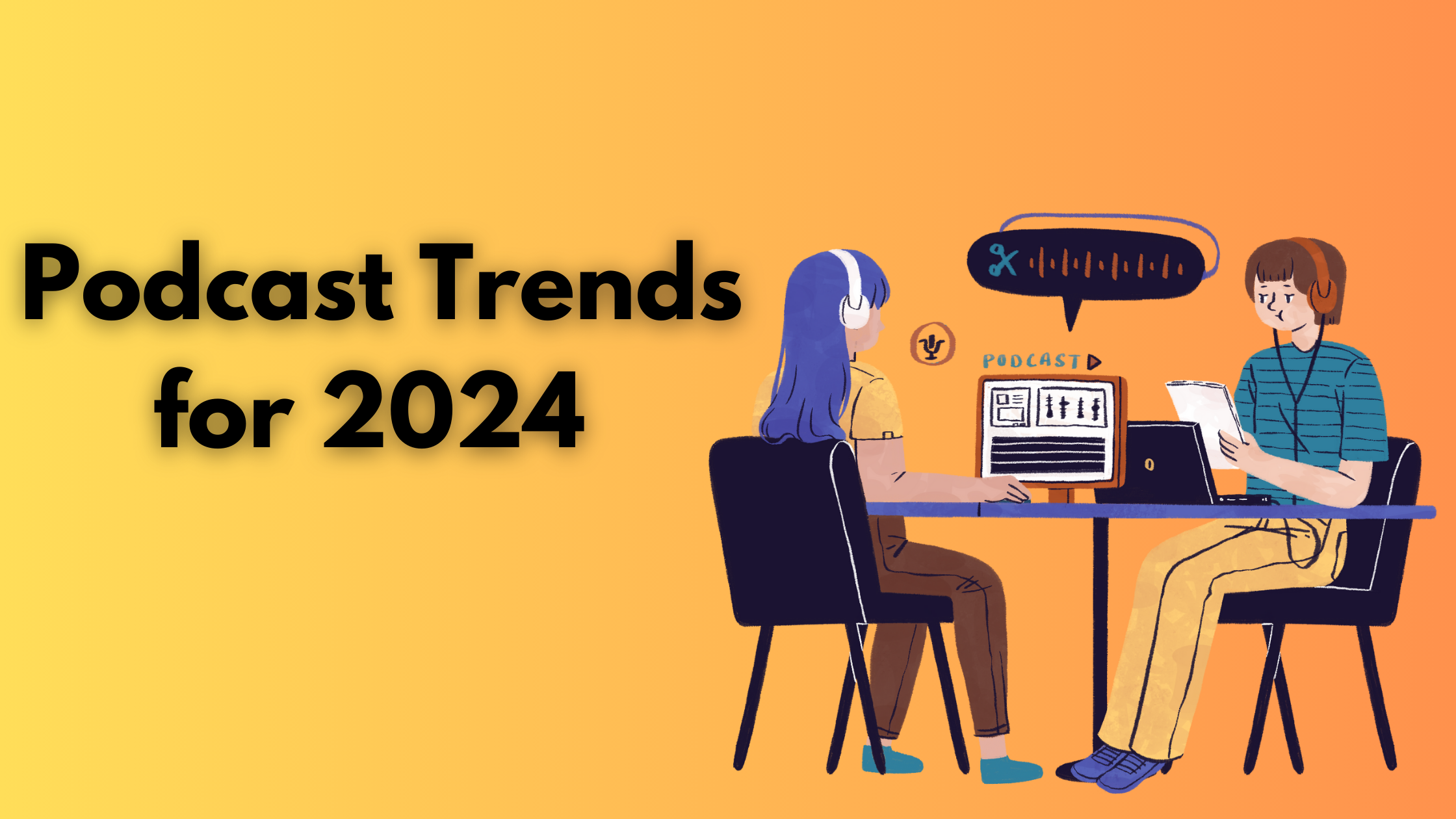
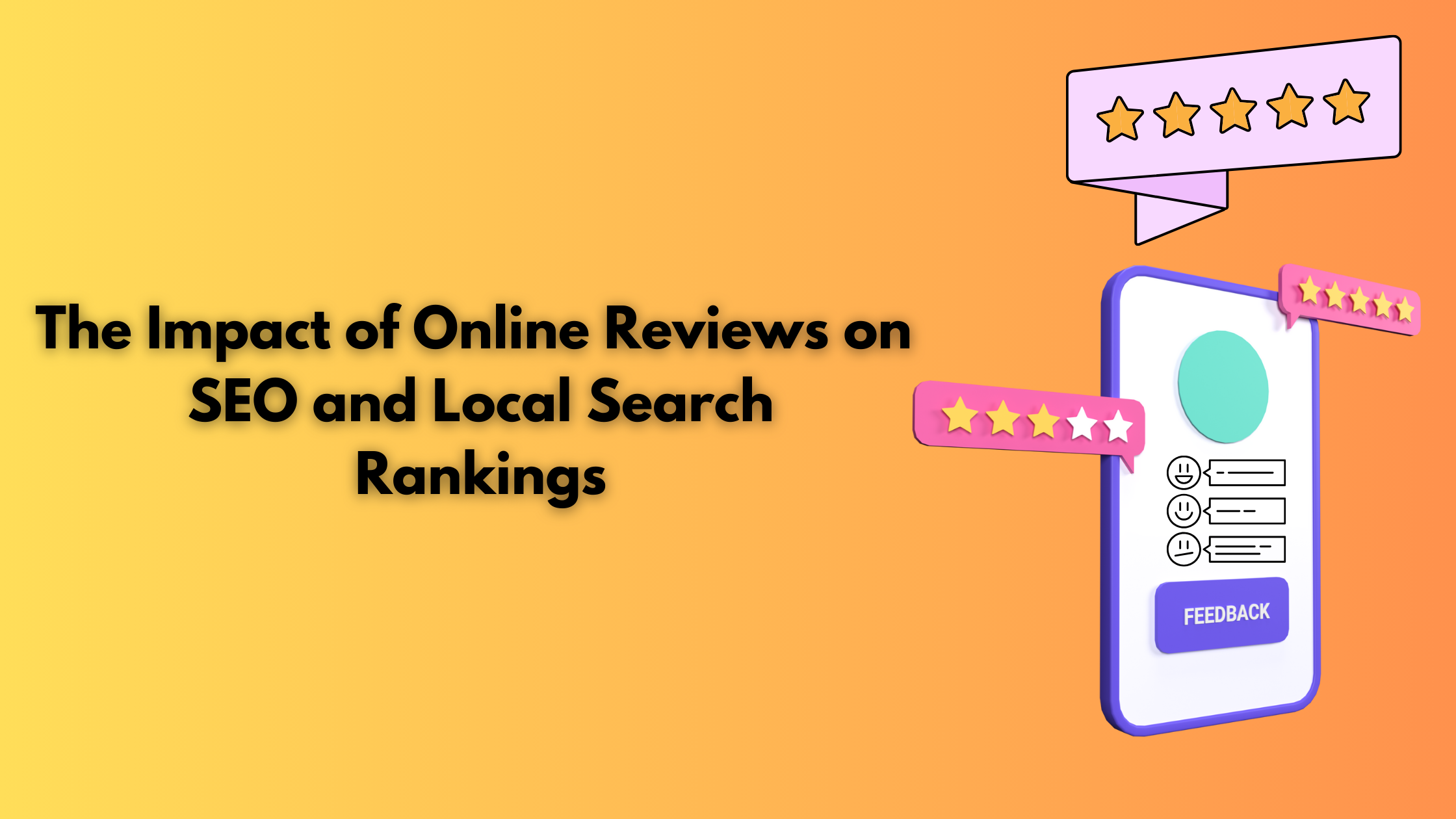
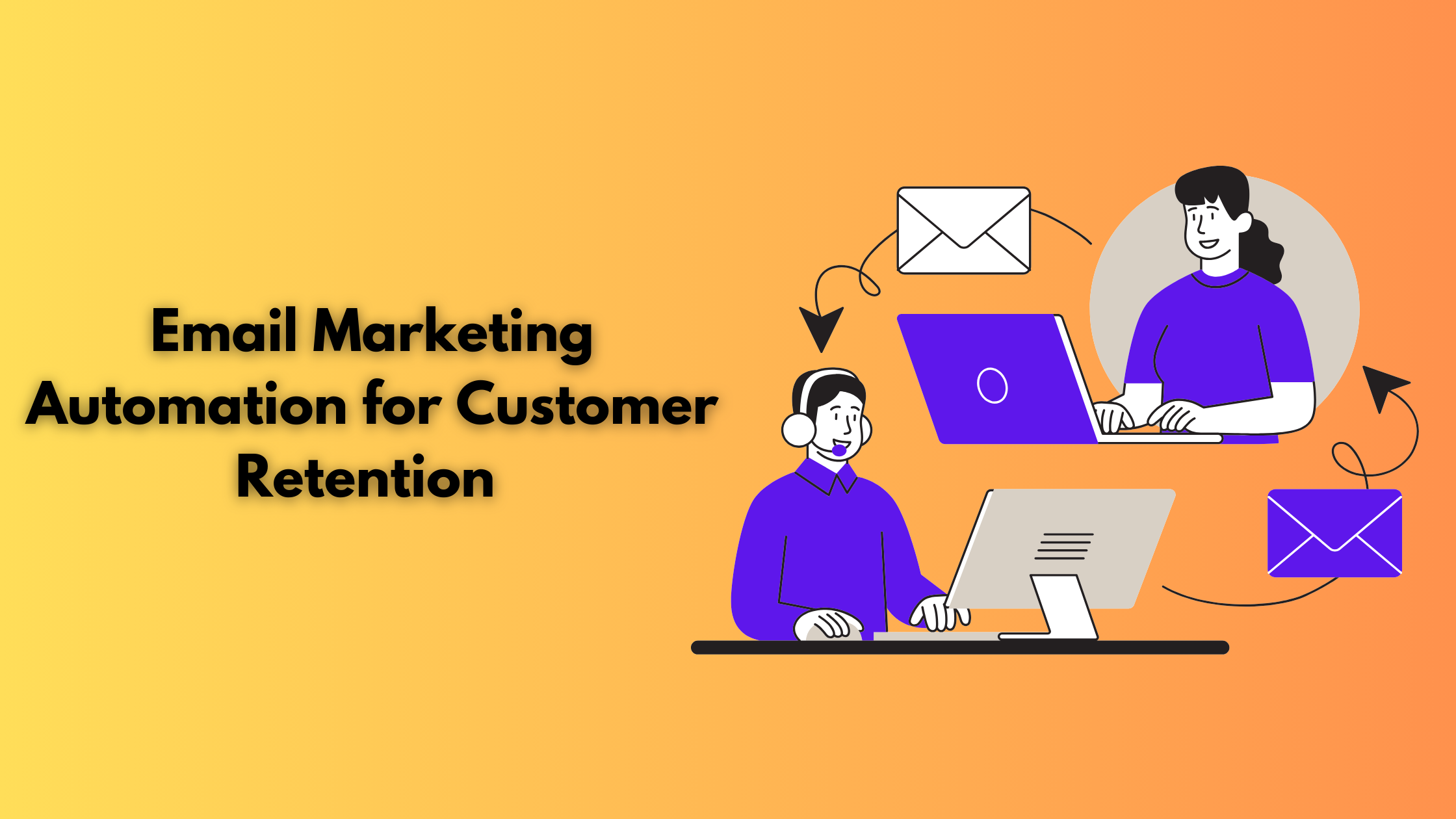
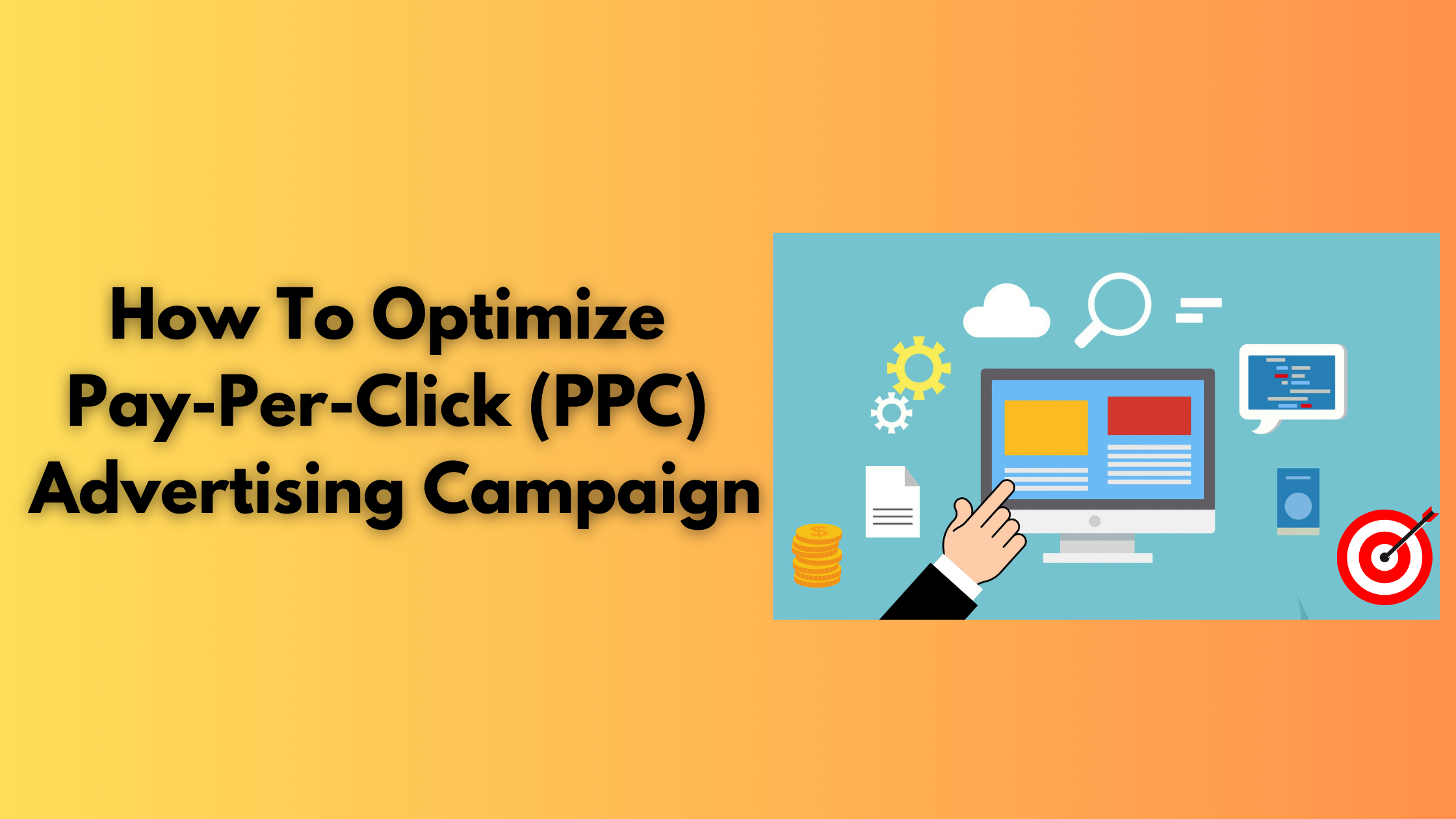
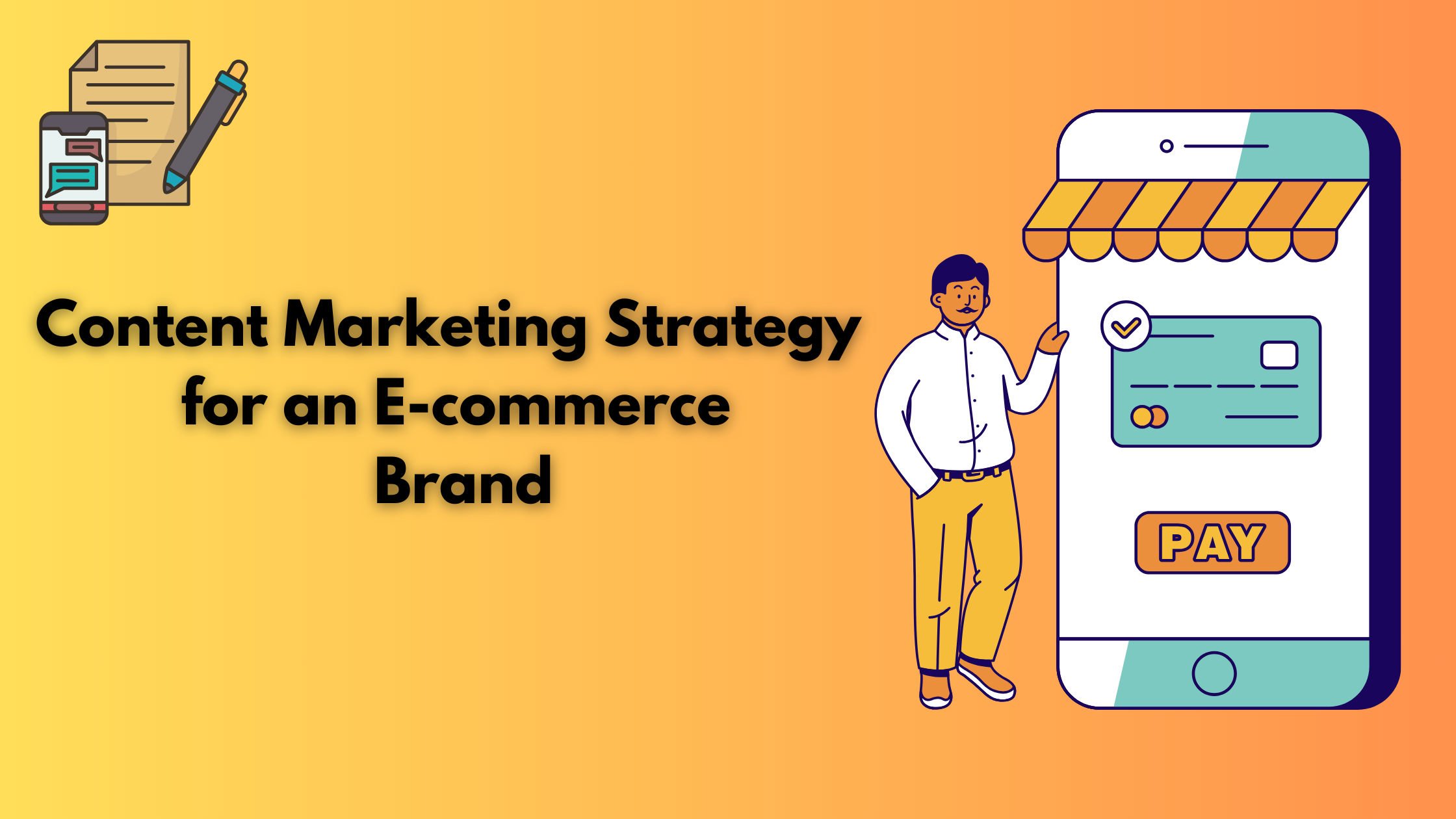

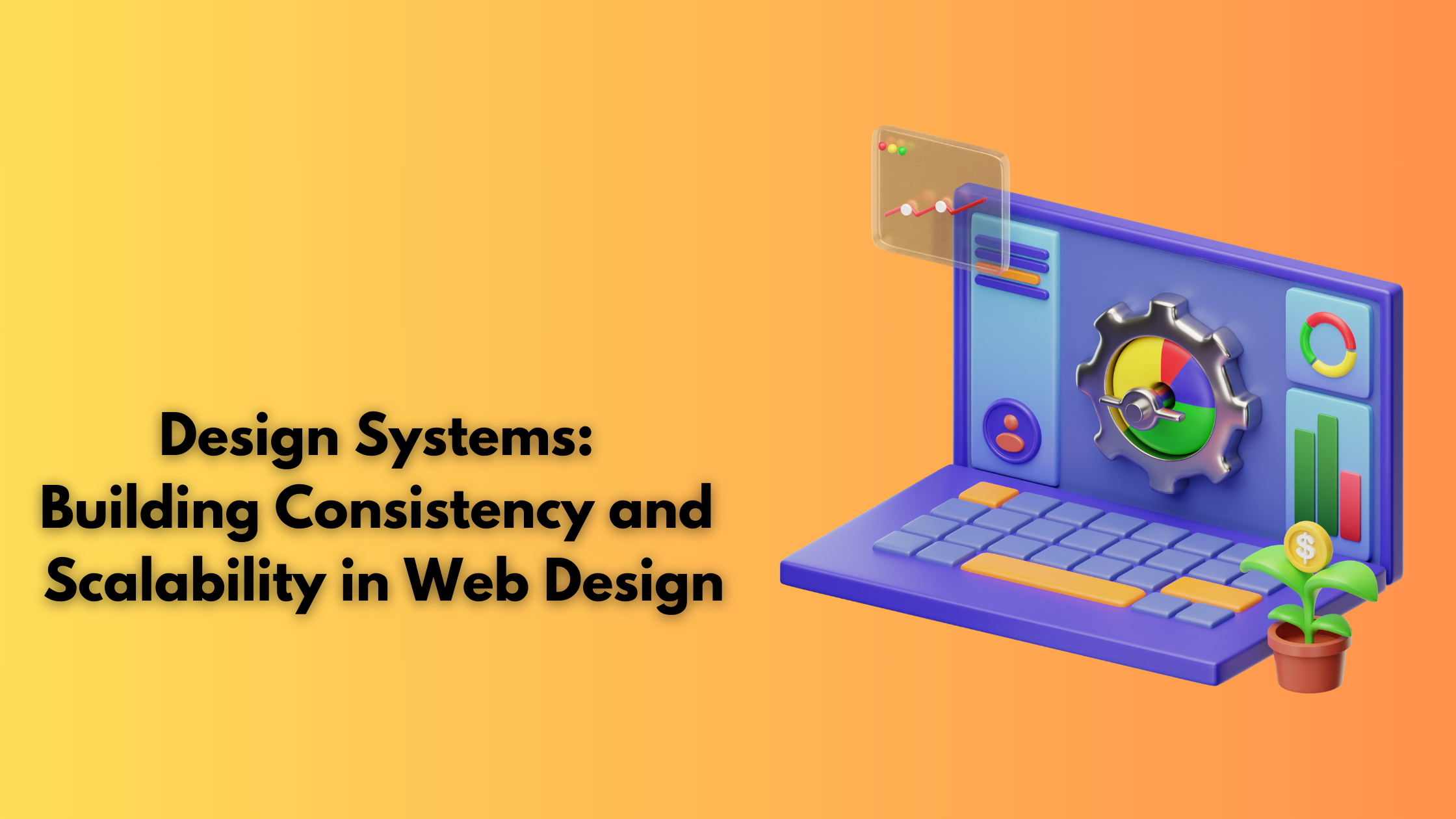
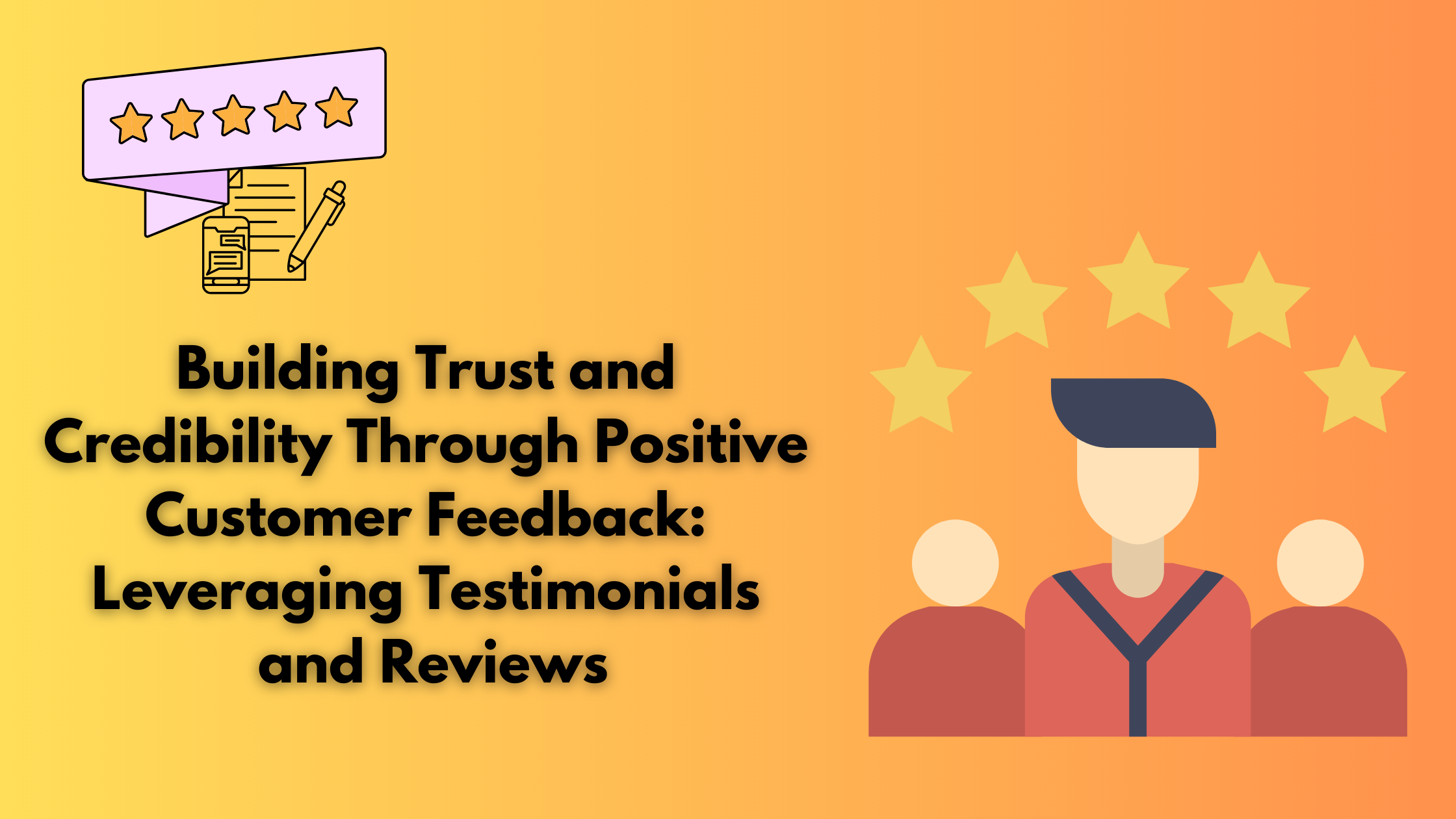
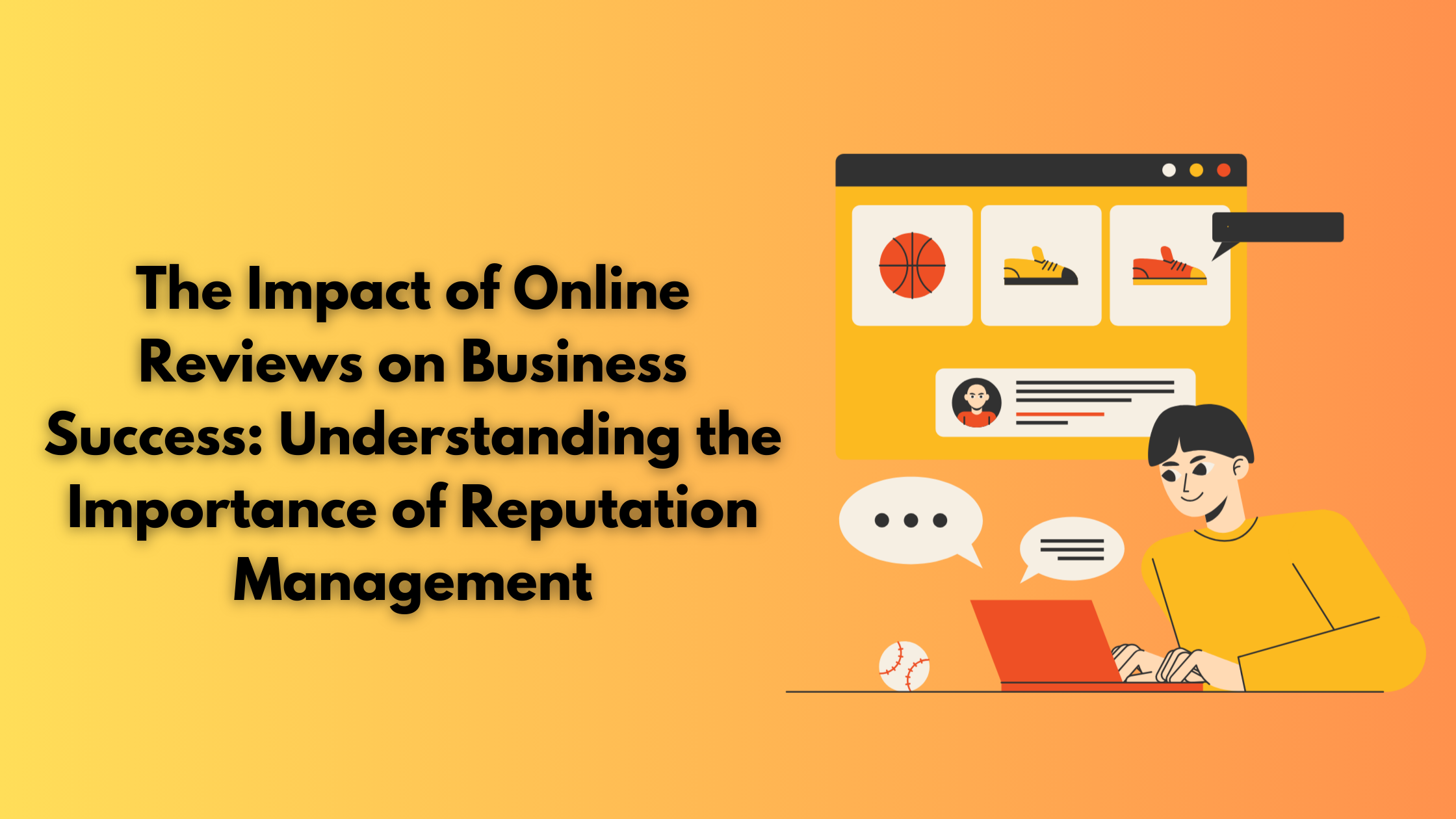


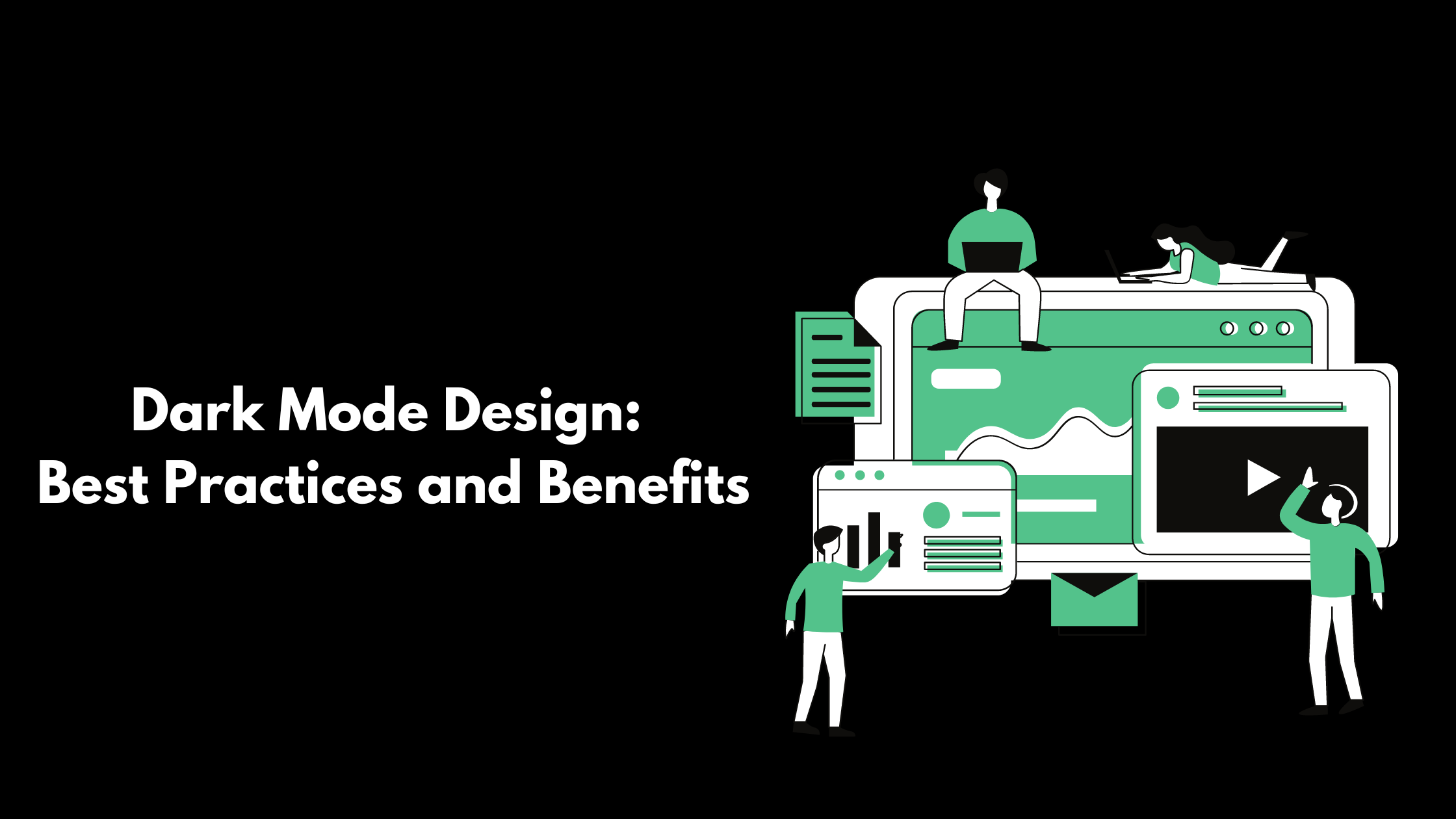
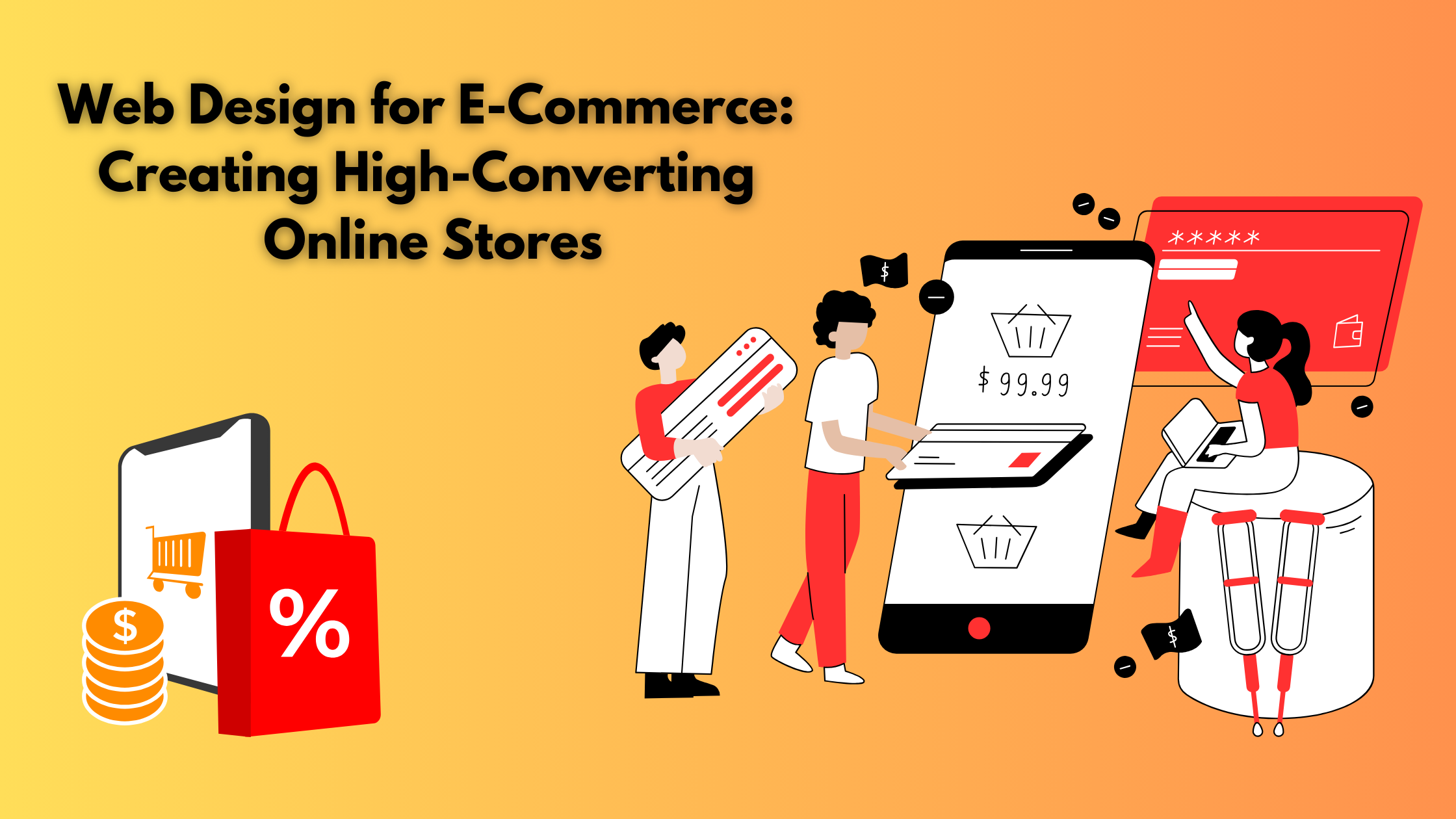
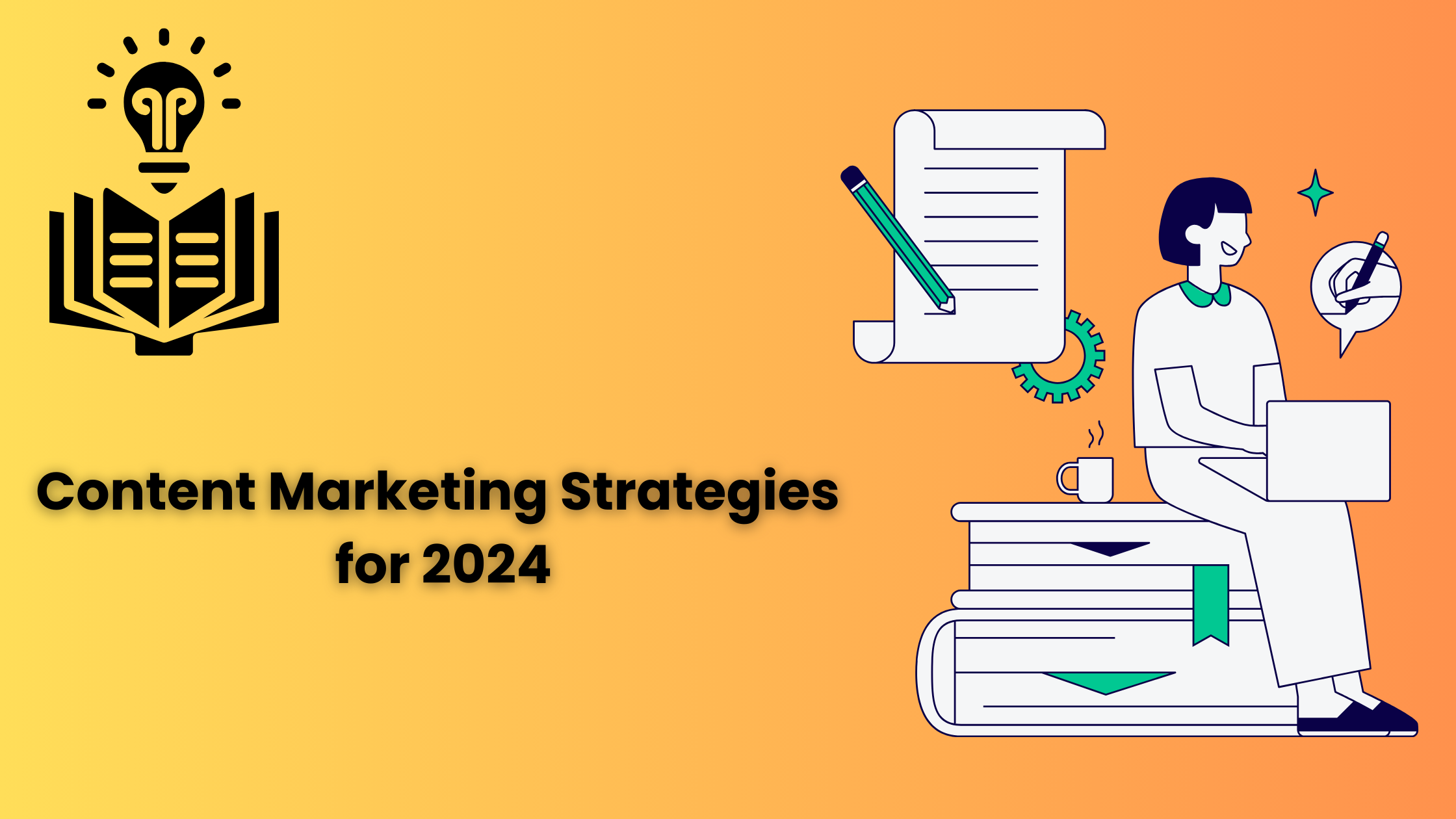

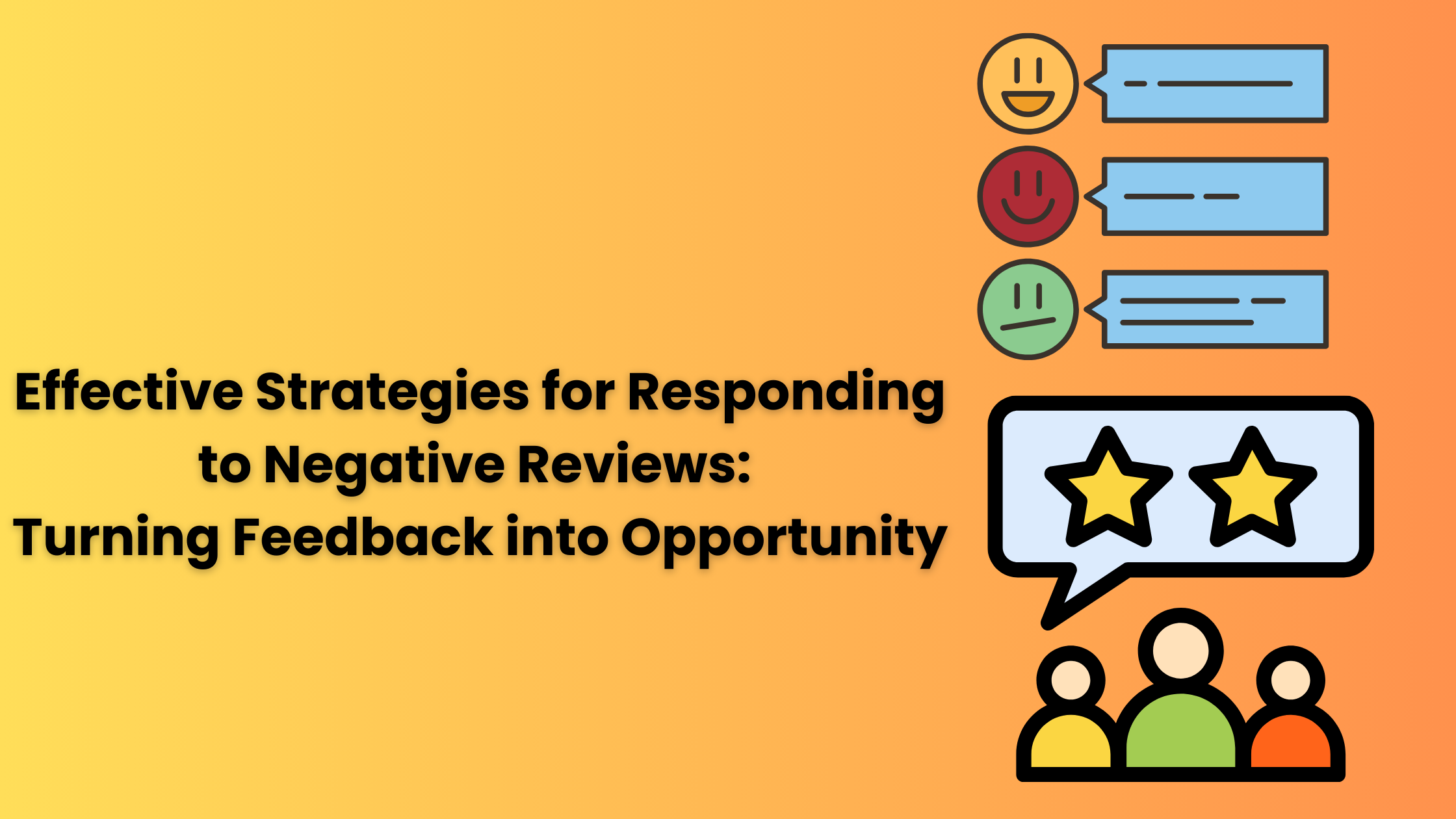
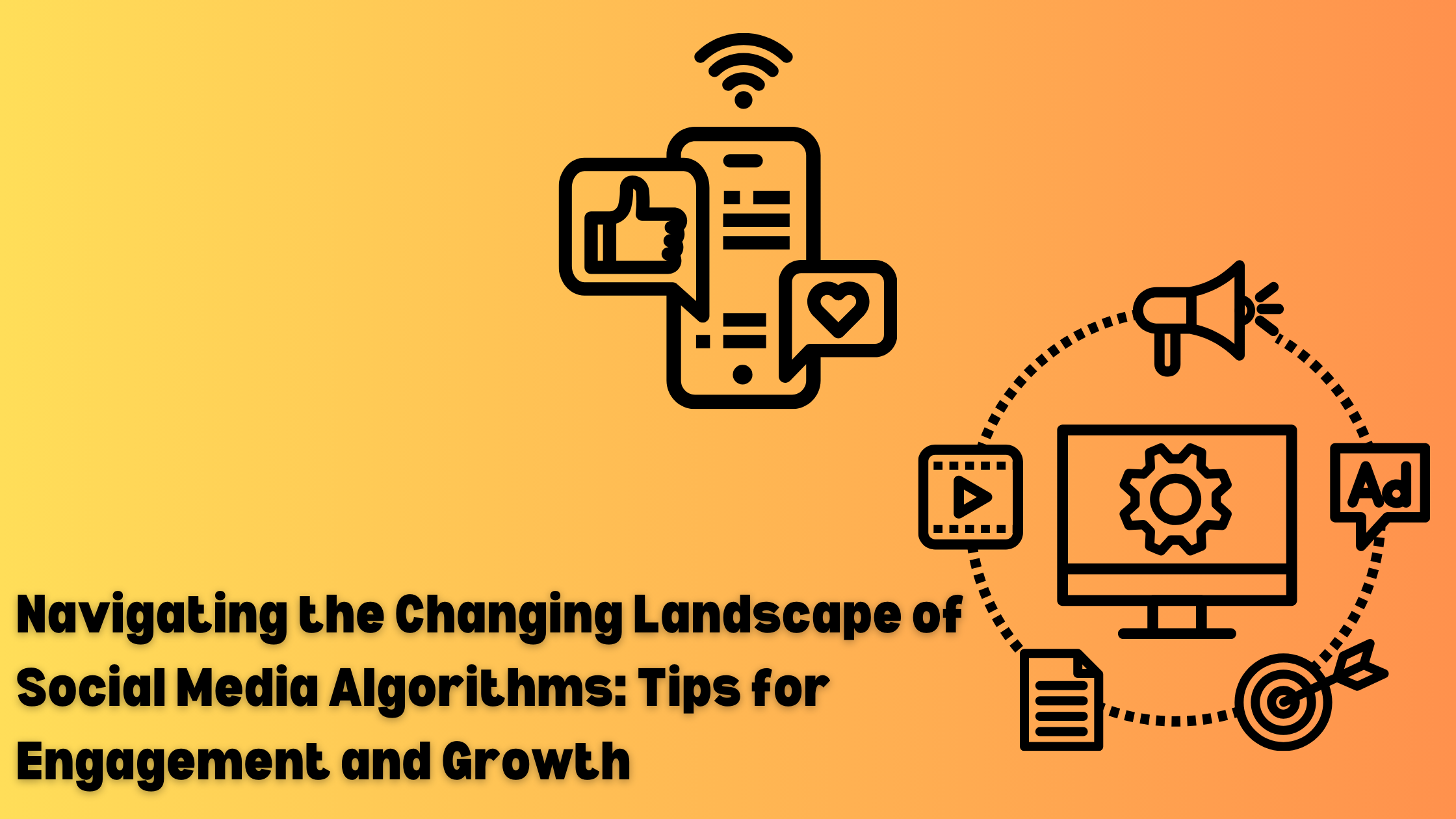


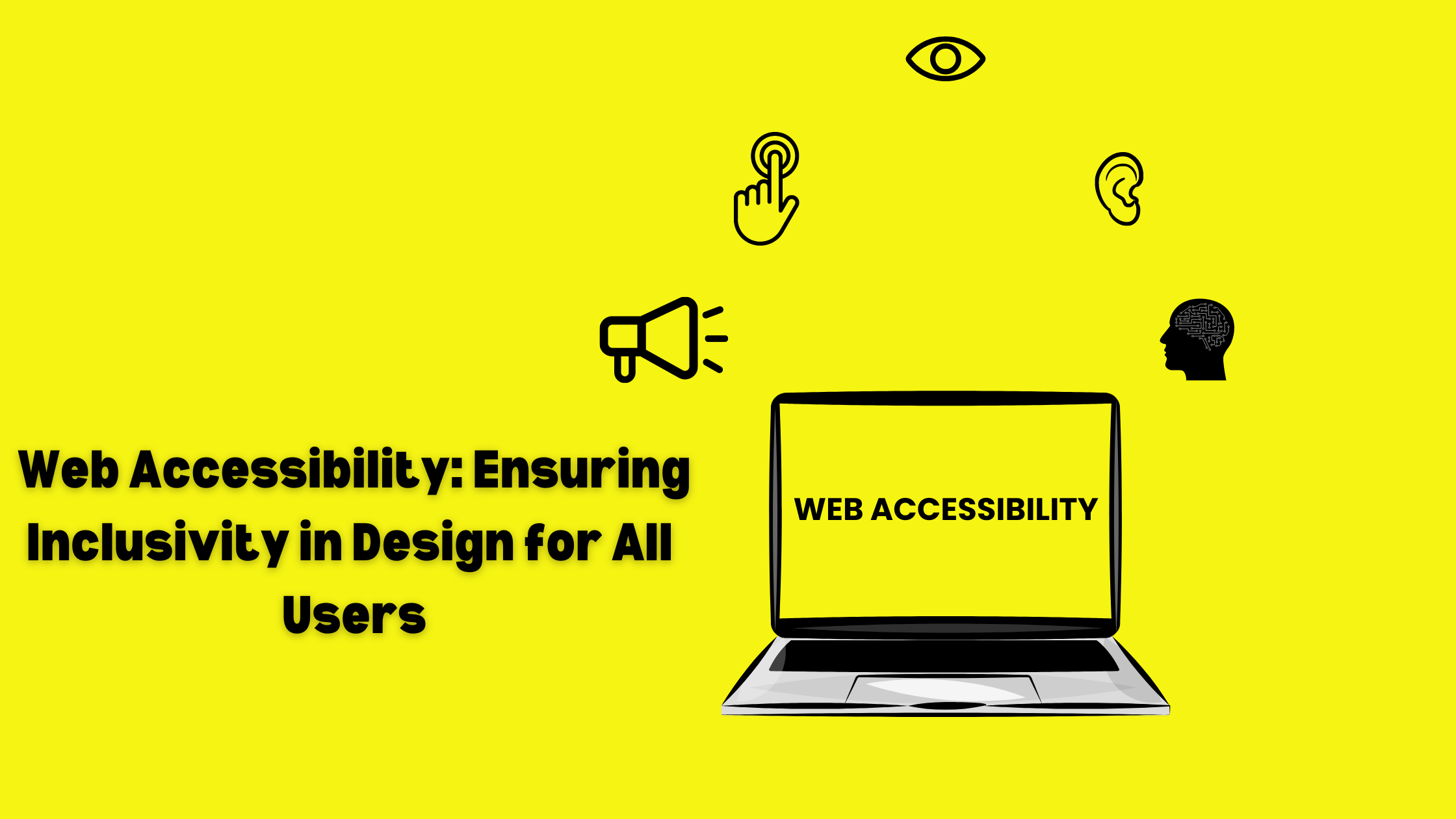
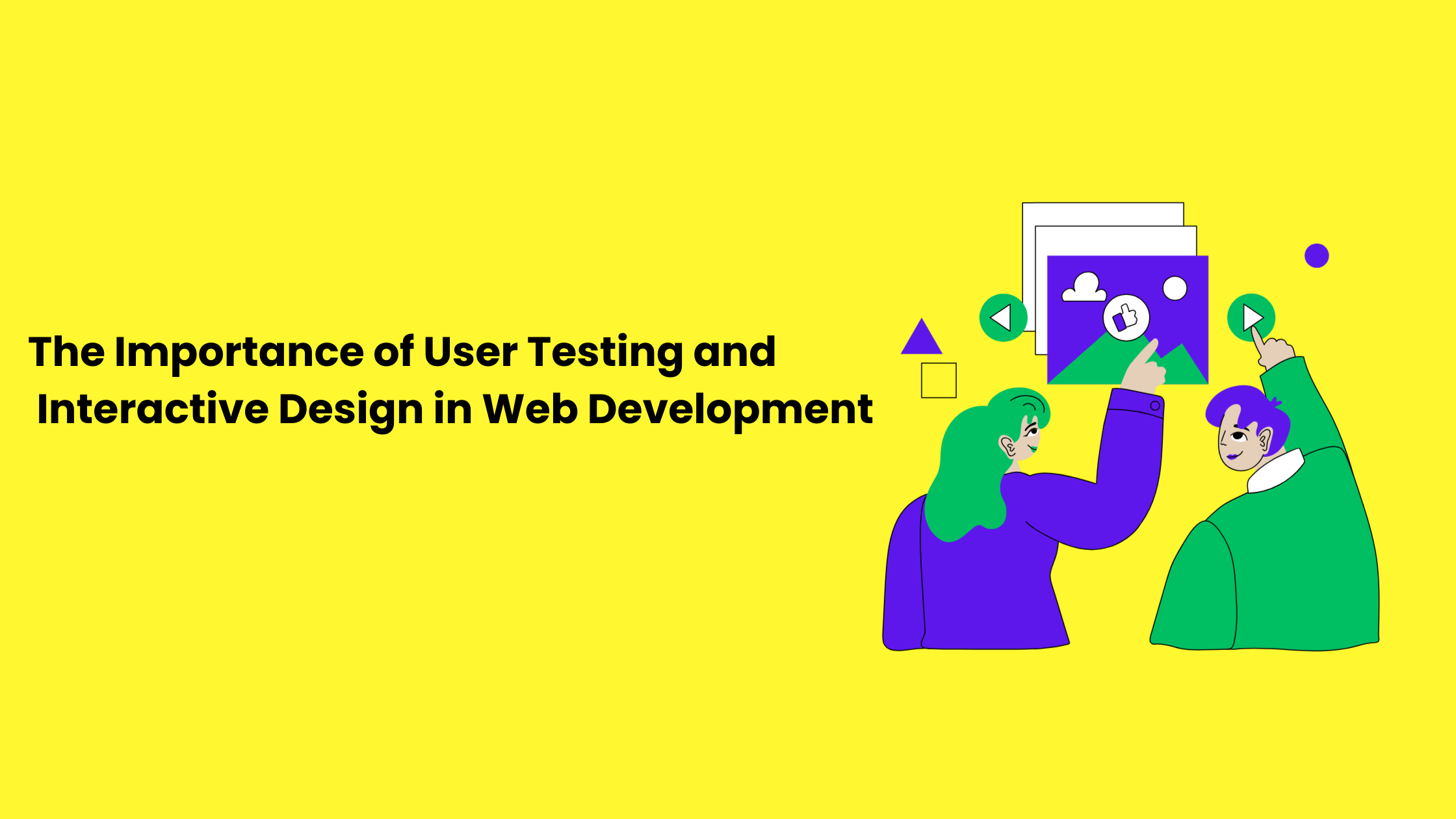
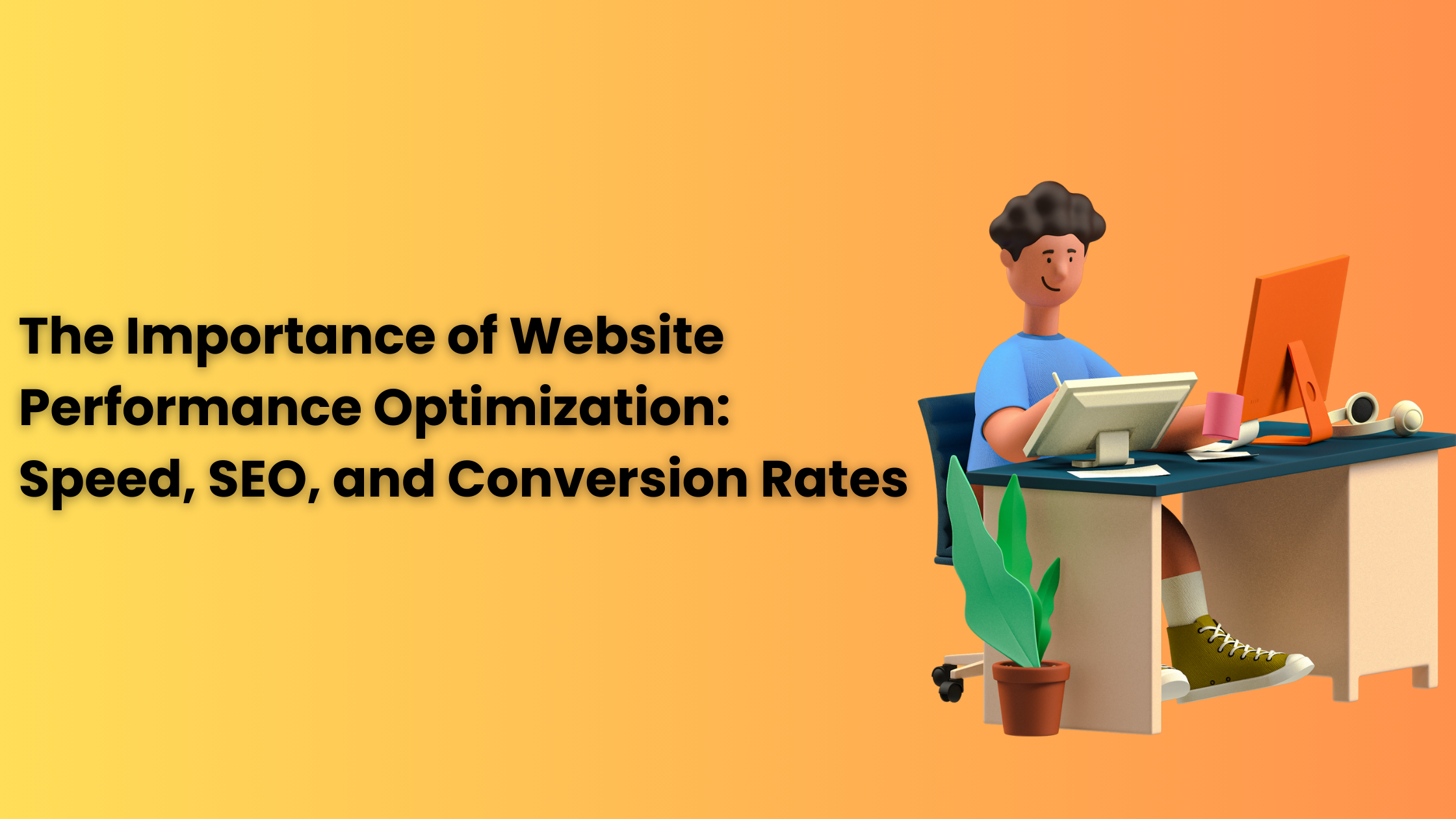



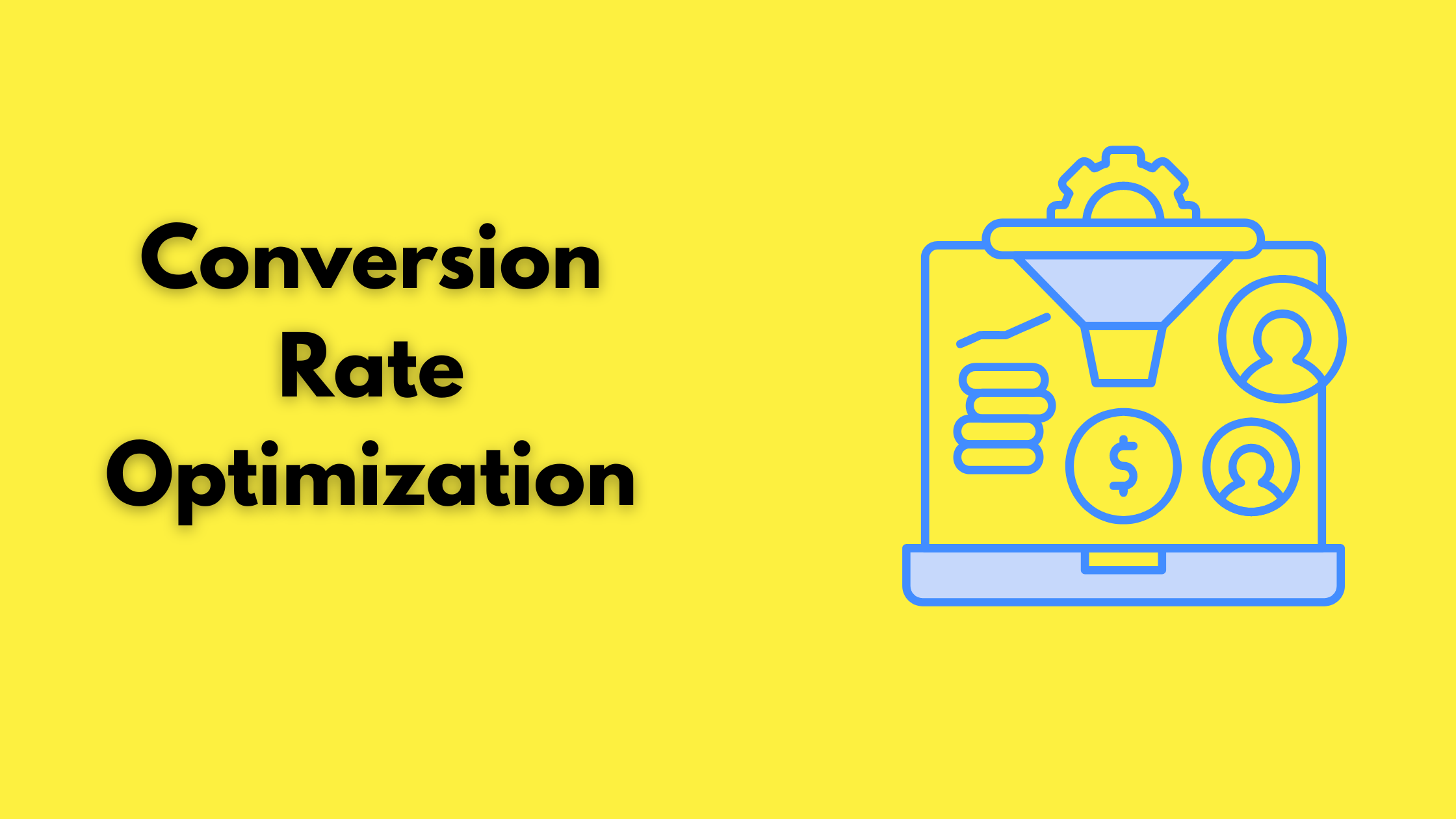
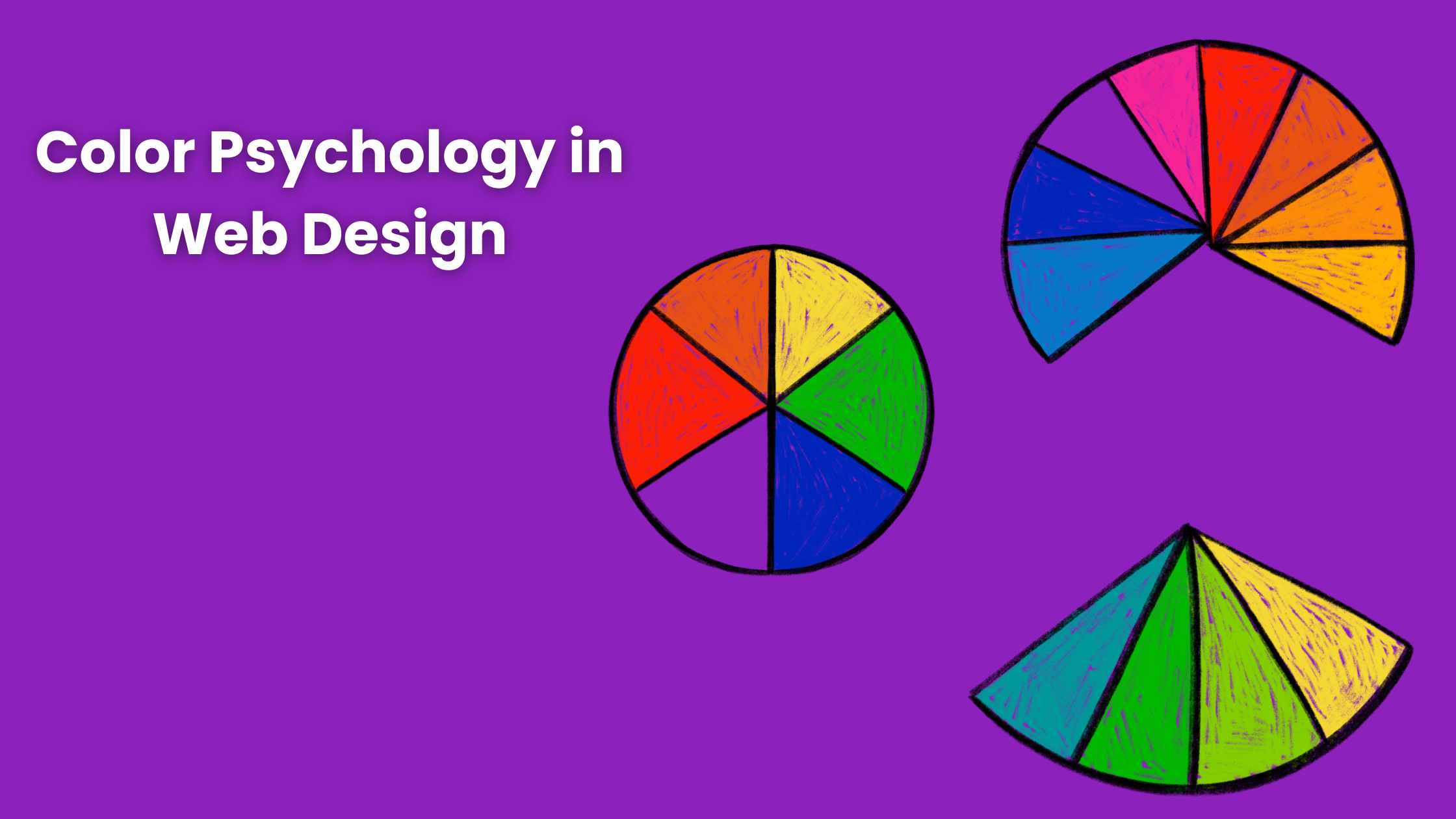
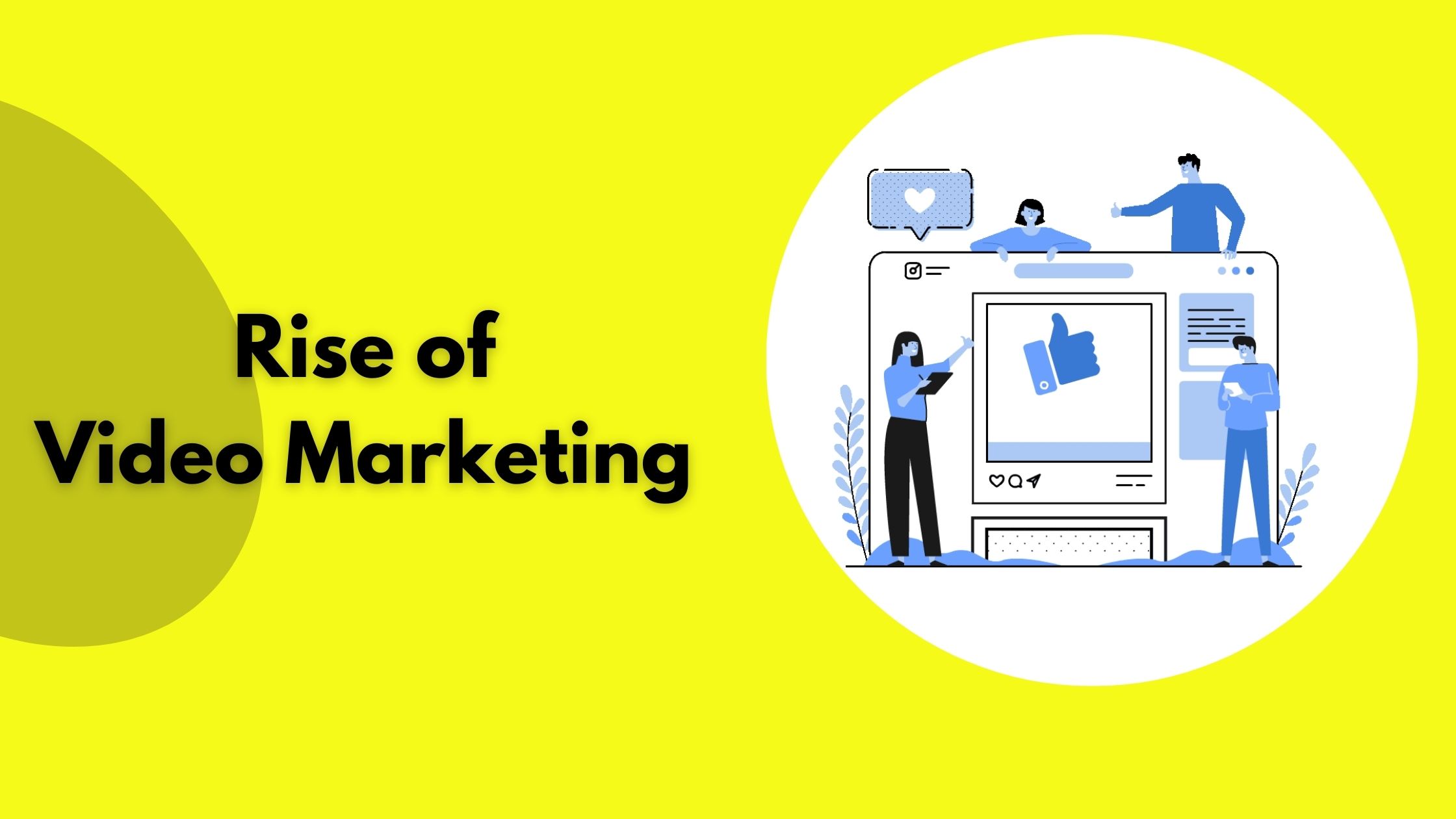


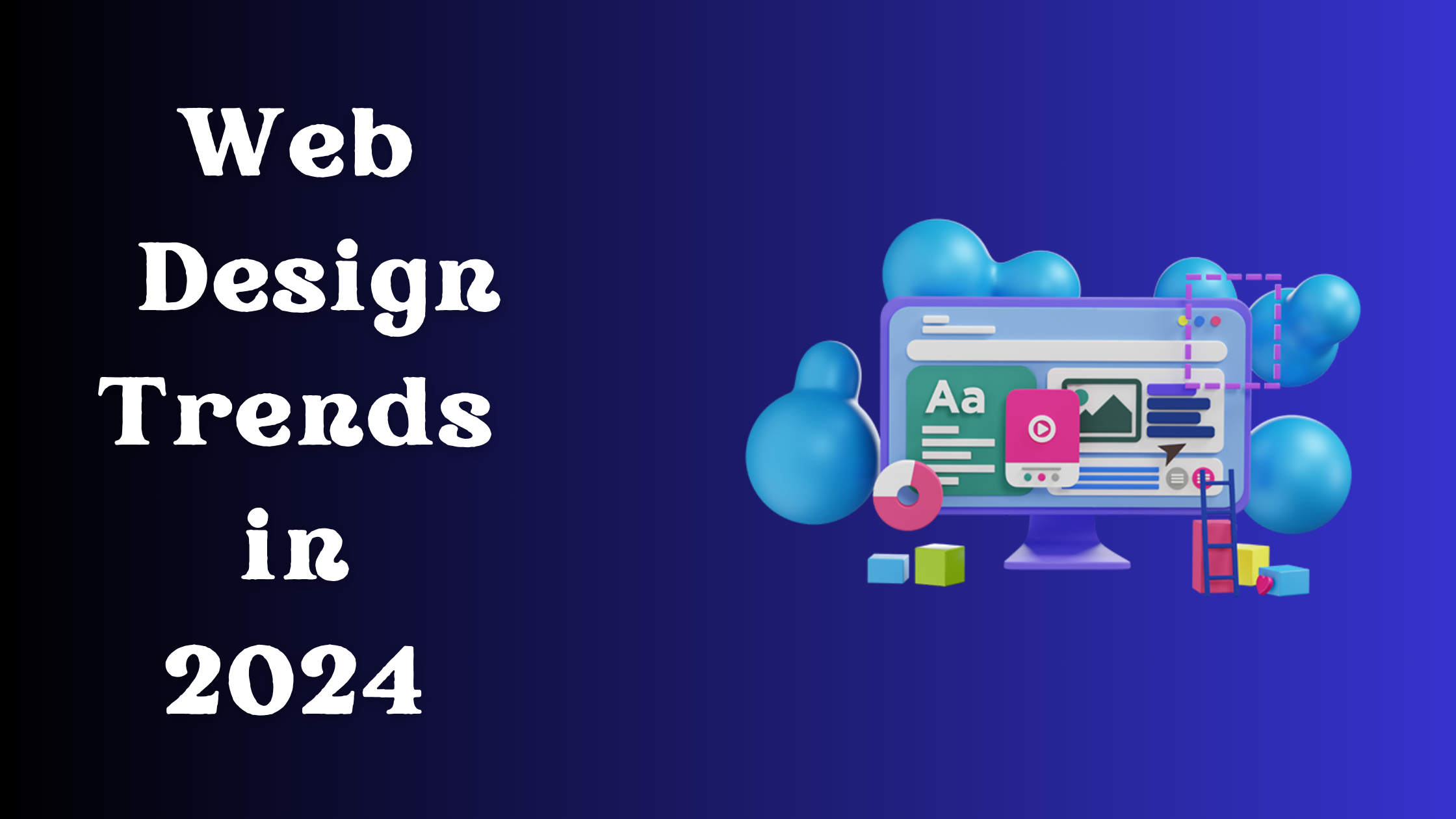

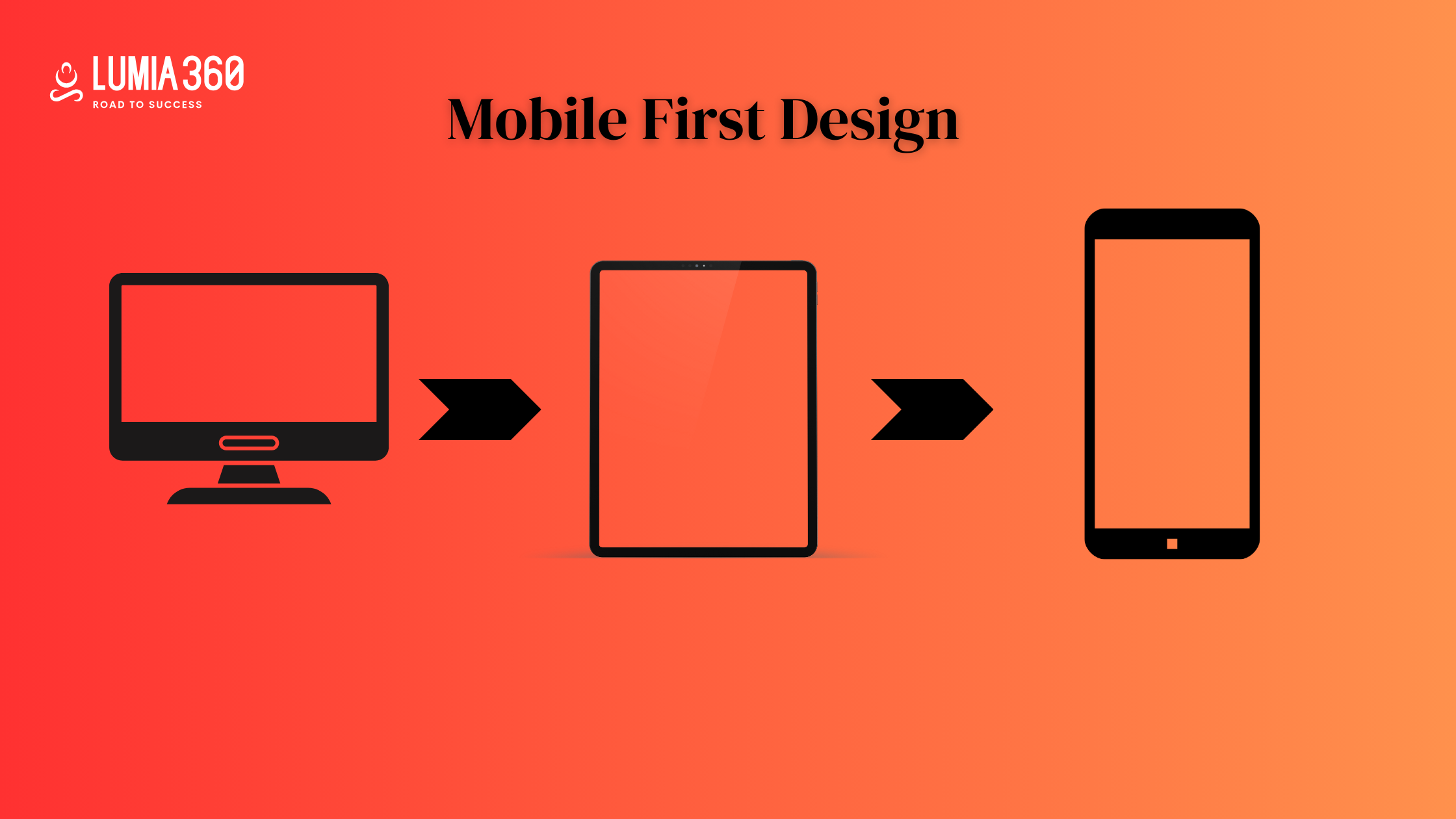
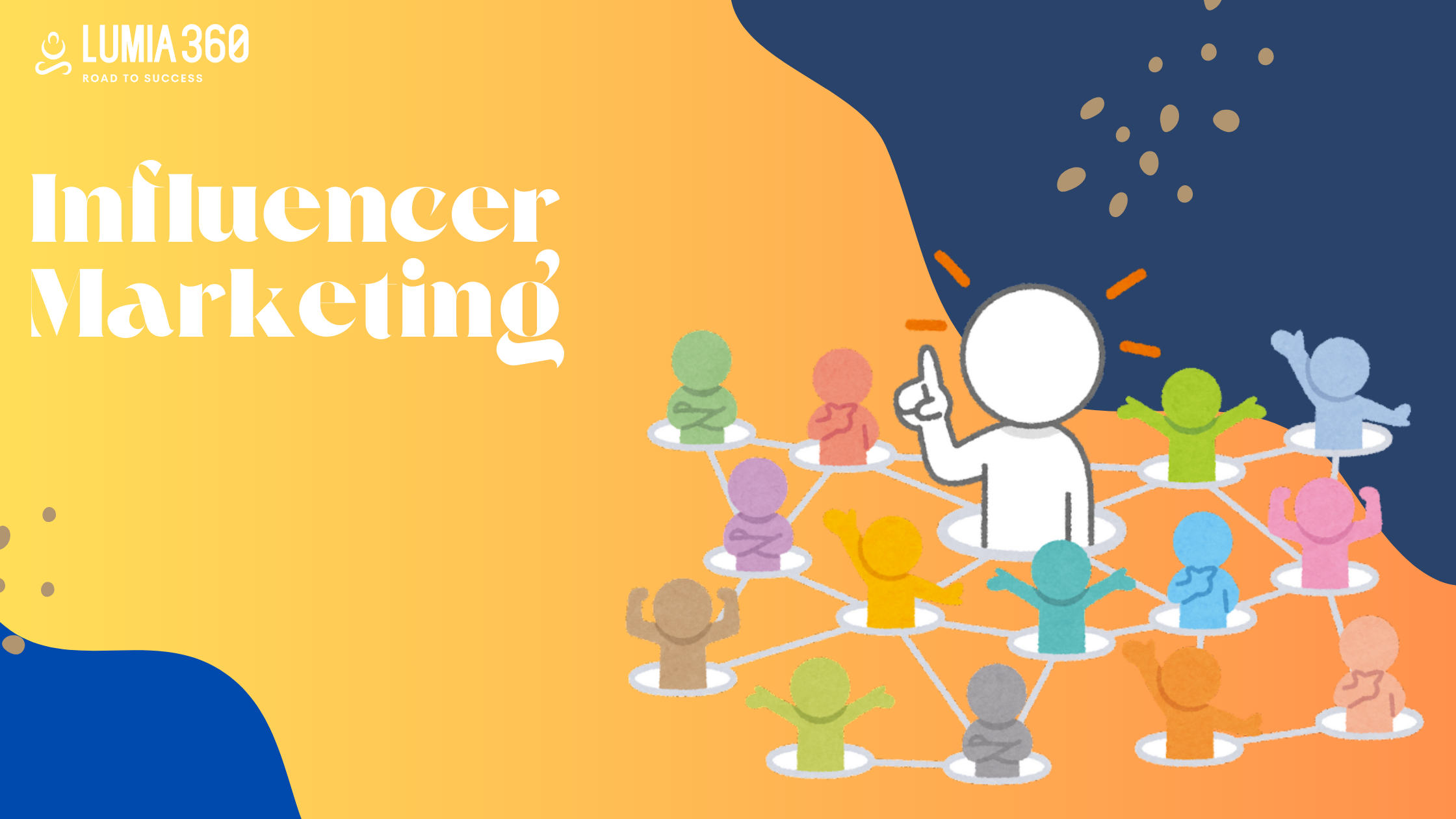
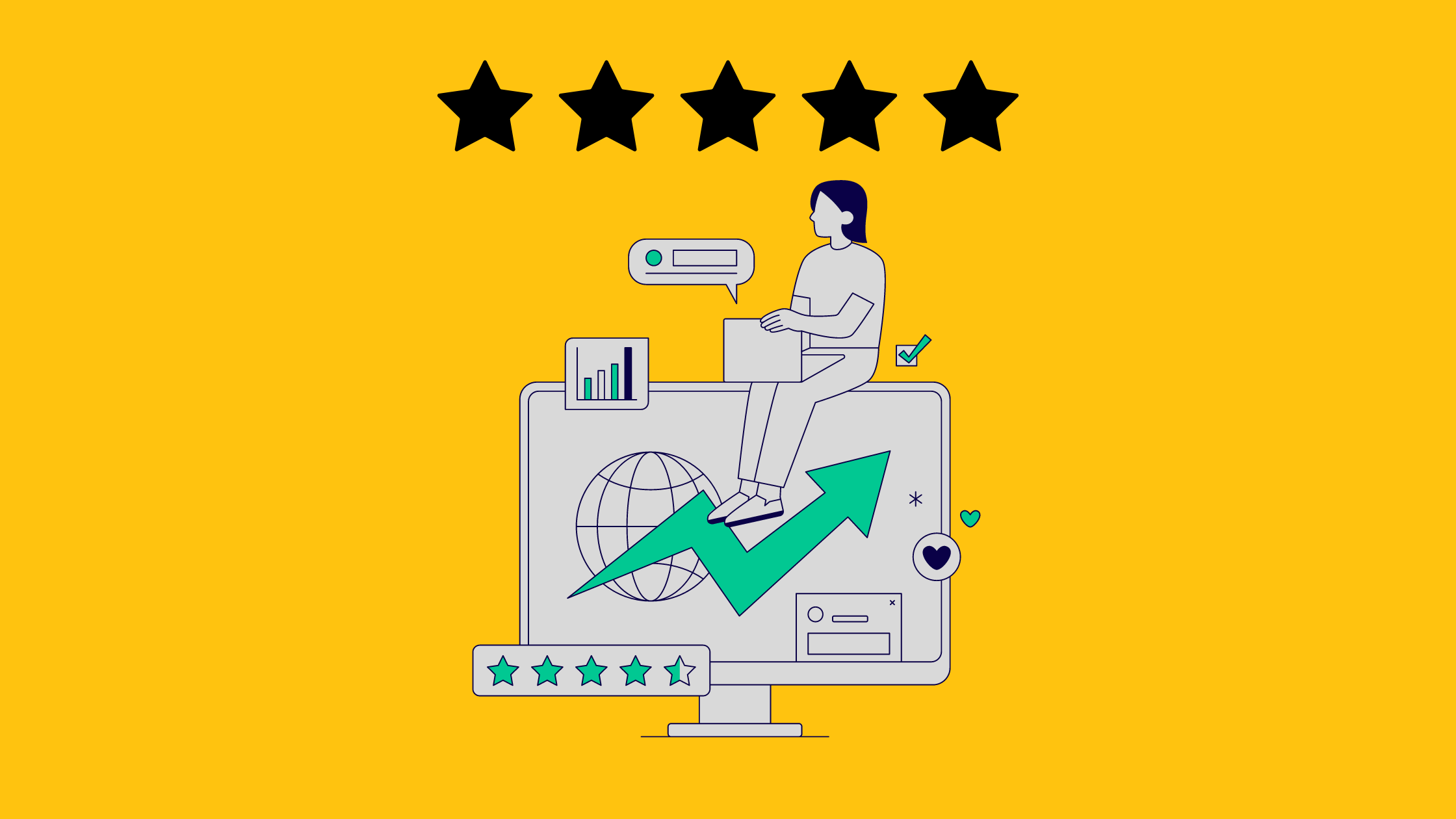

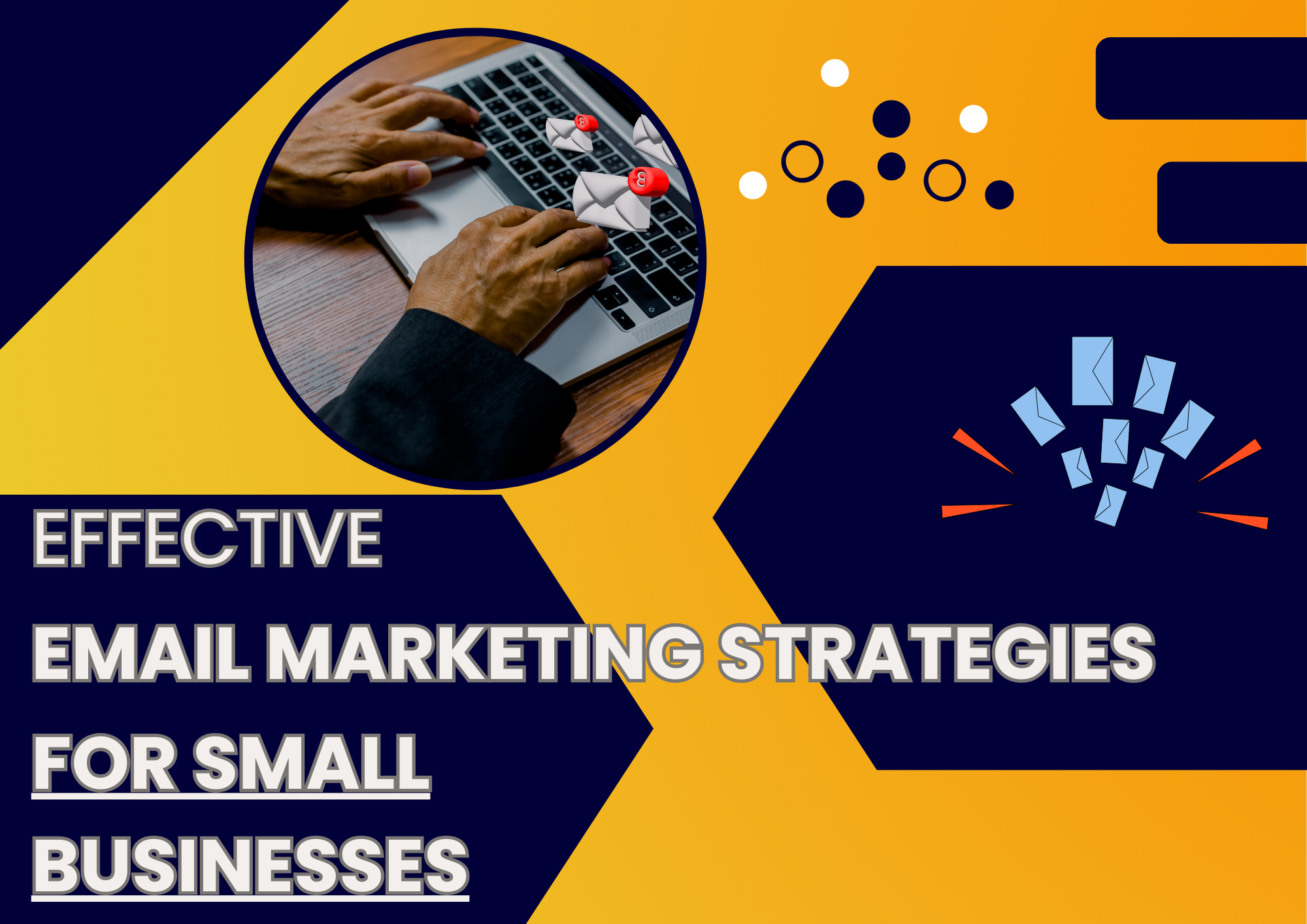
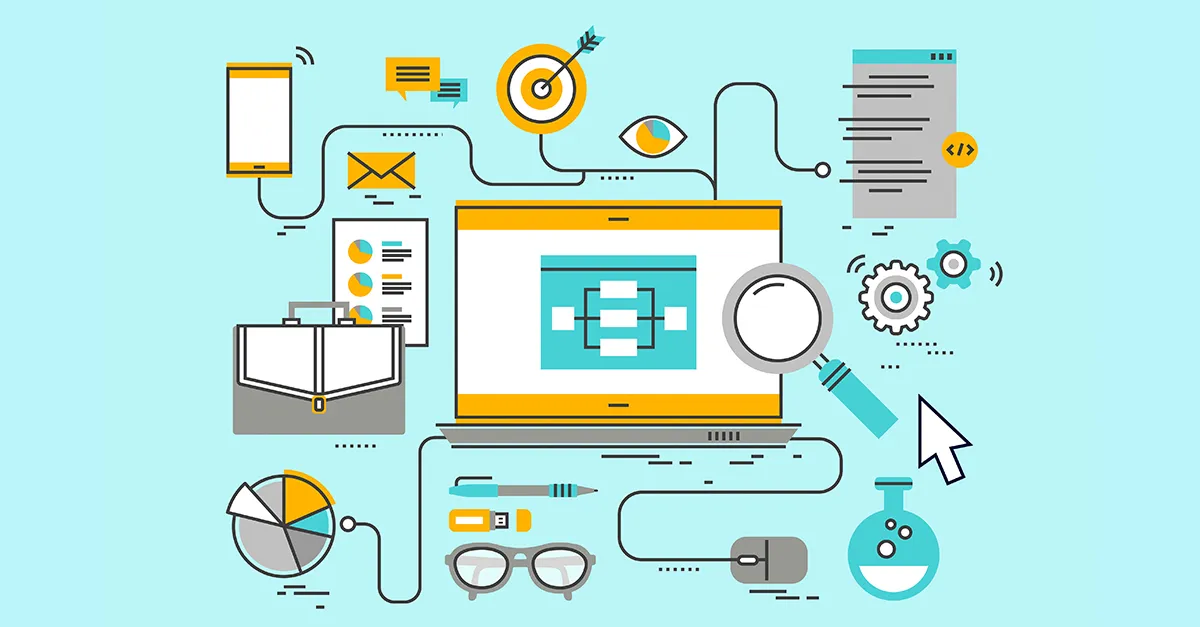
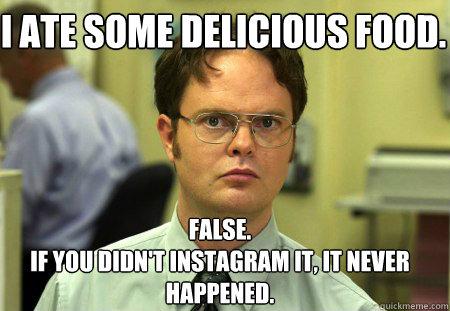
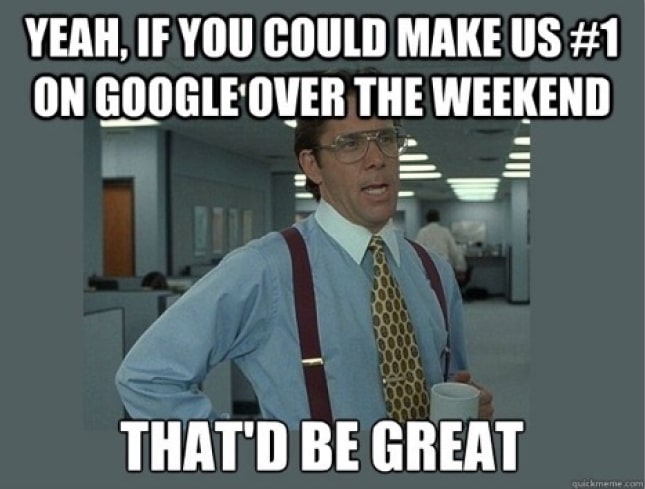
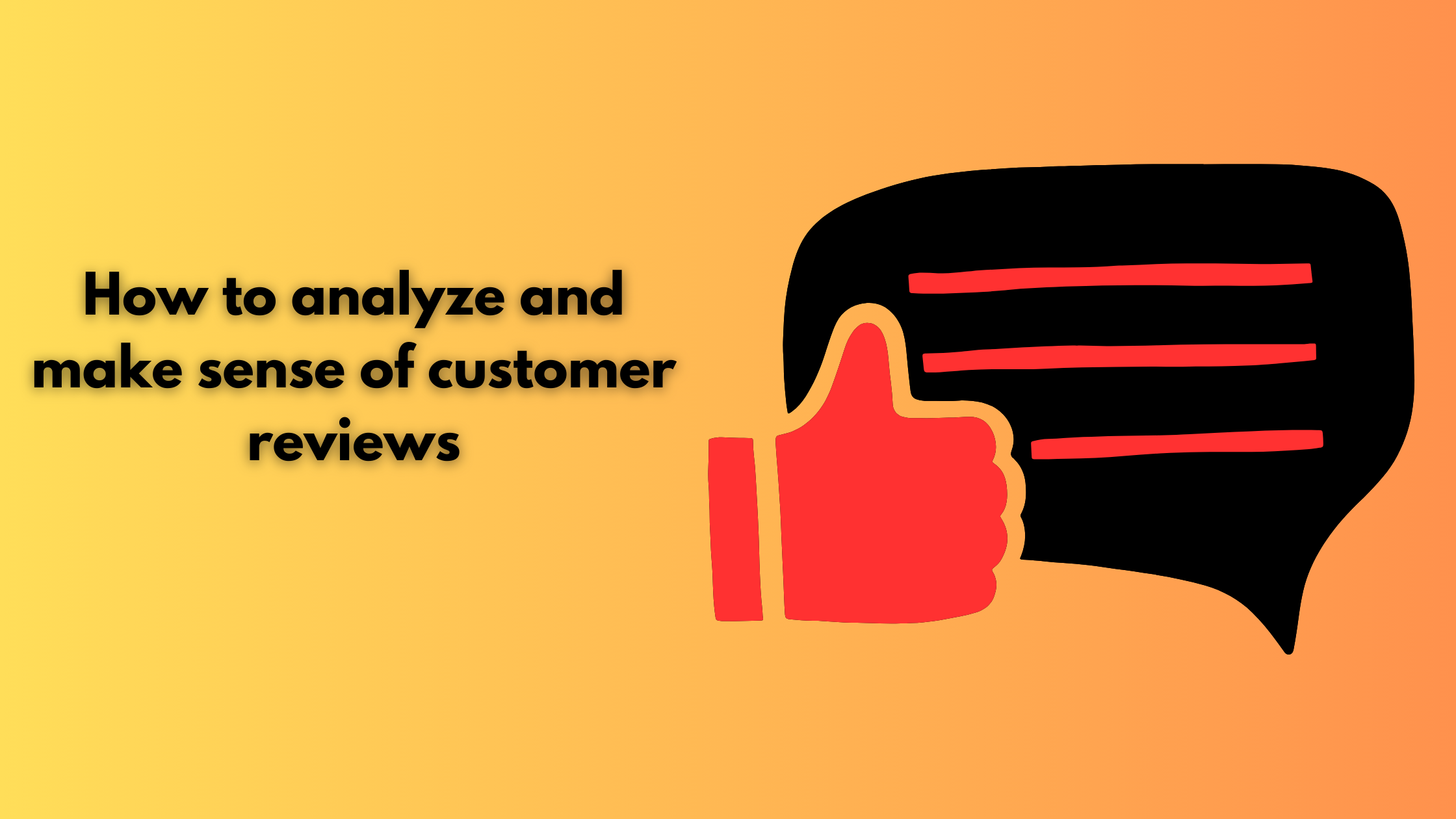
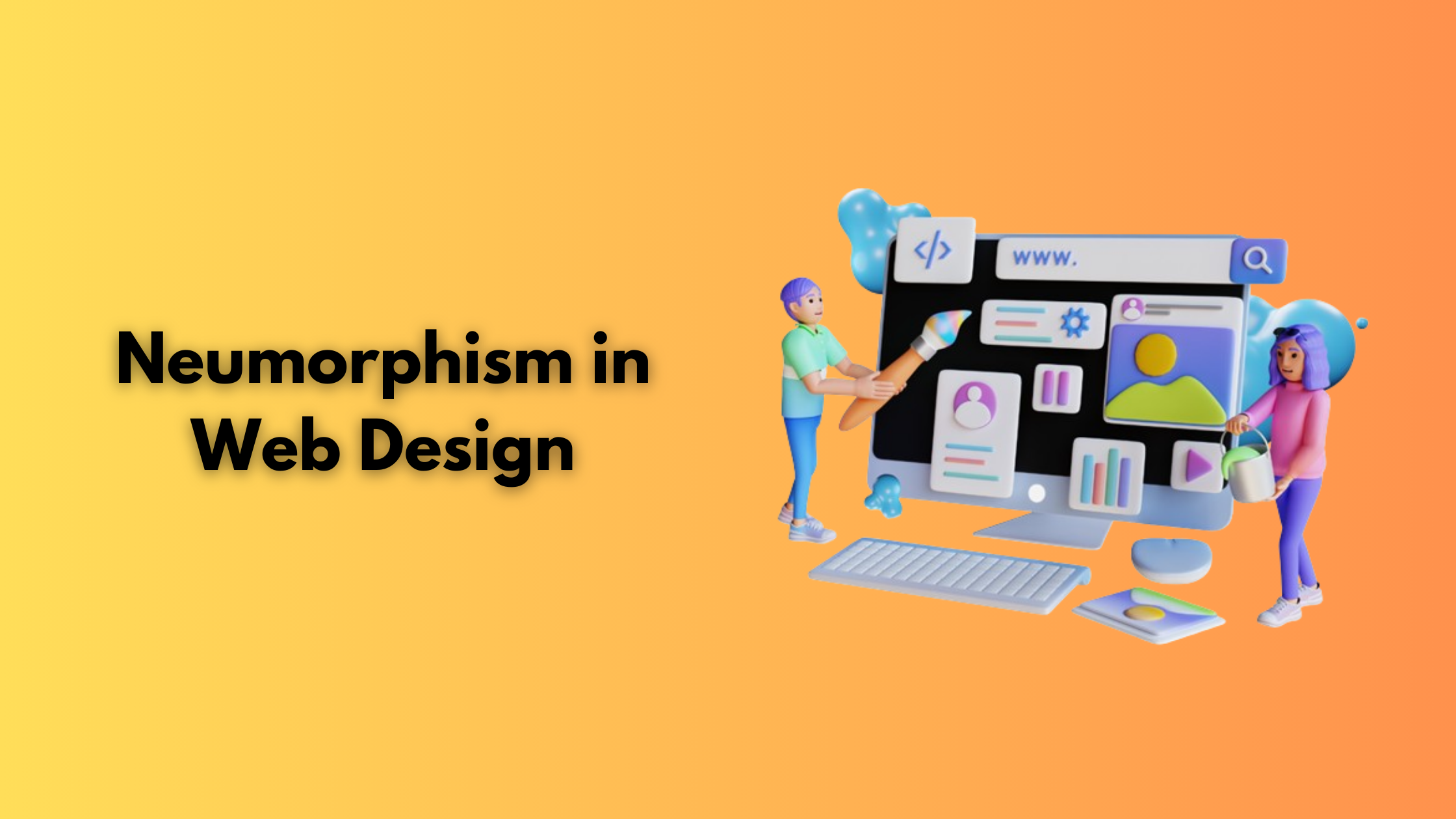
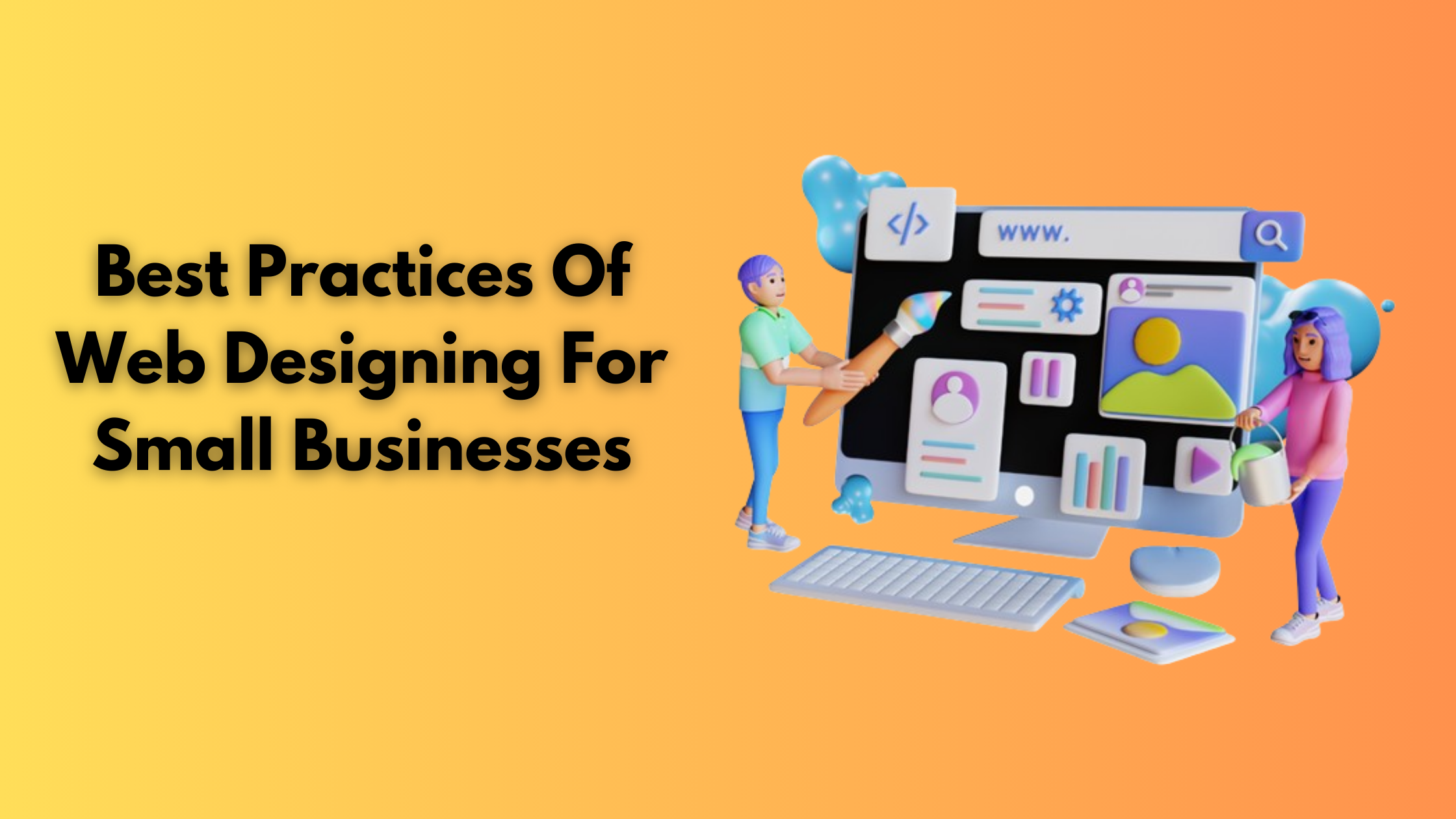


2 Comments
[…] Read Also: Ways To Increase Conversion Rate […]
Thanks for sharing this wonderful piece of info!